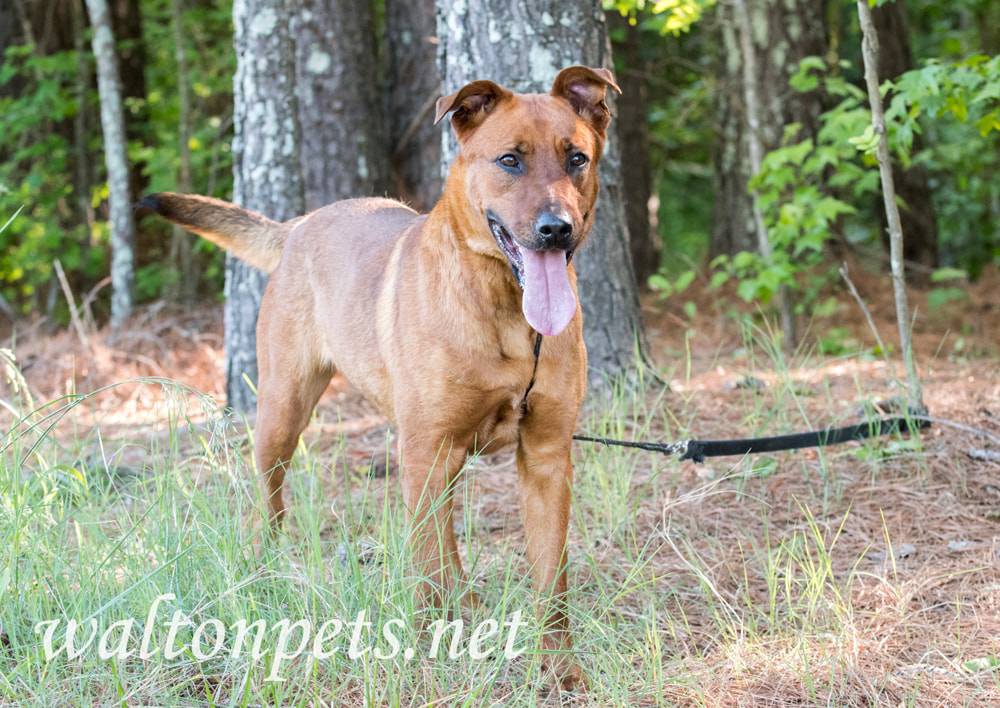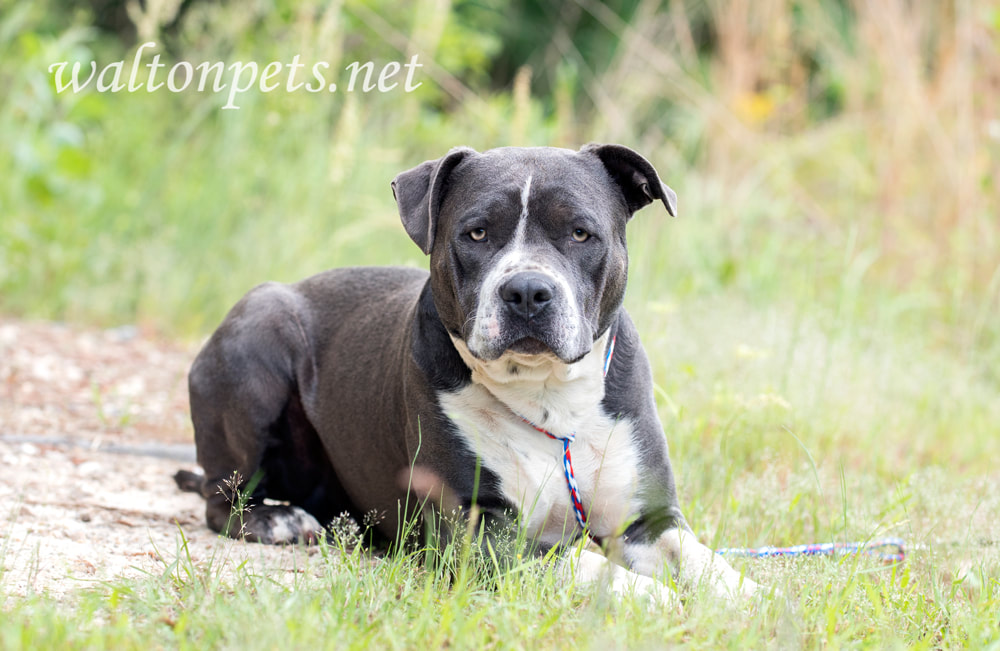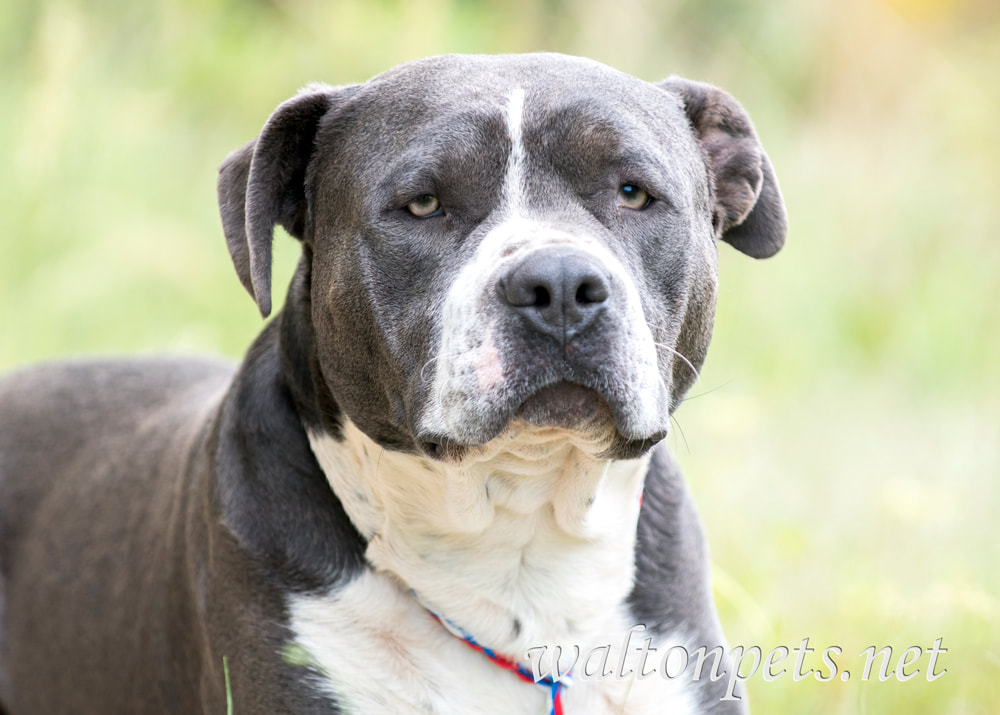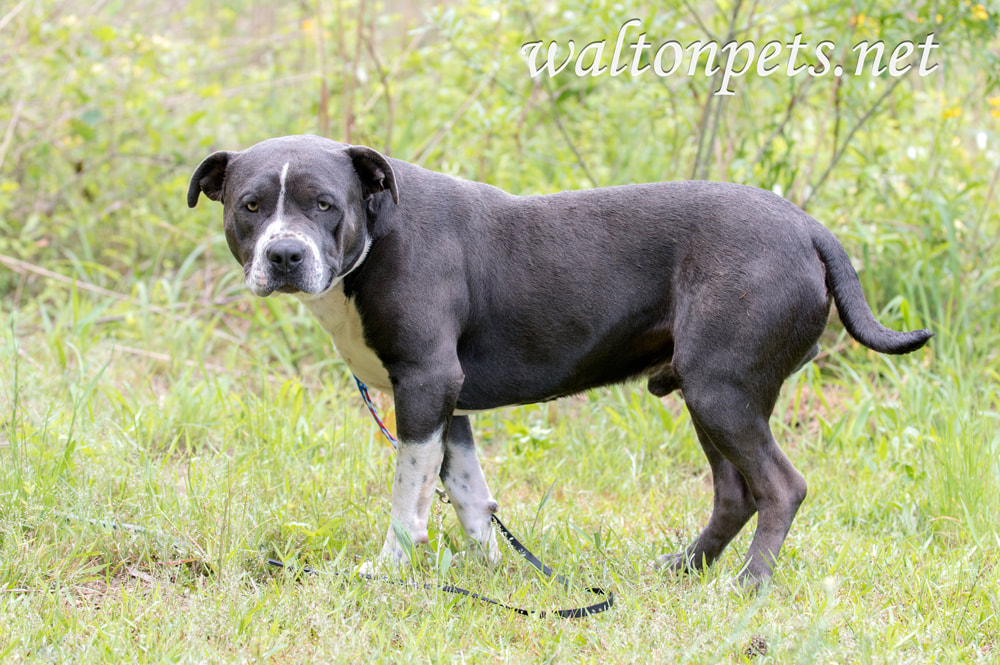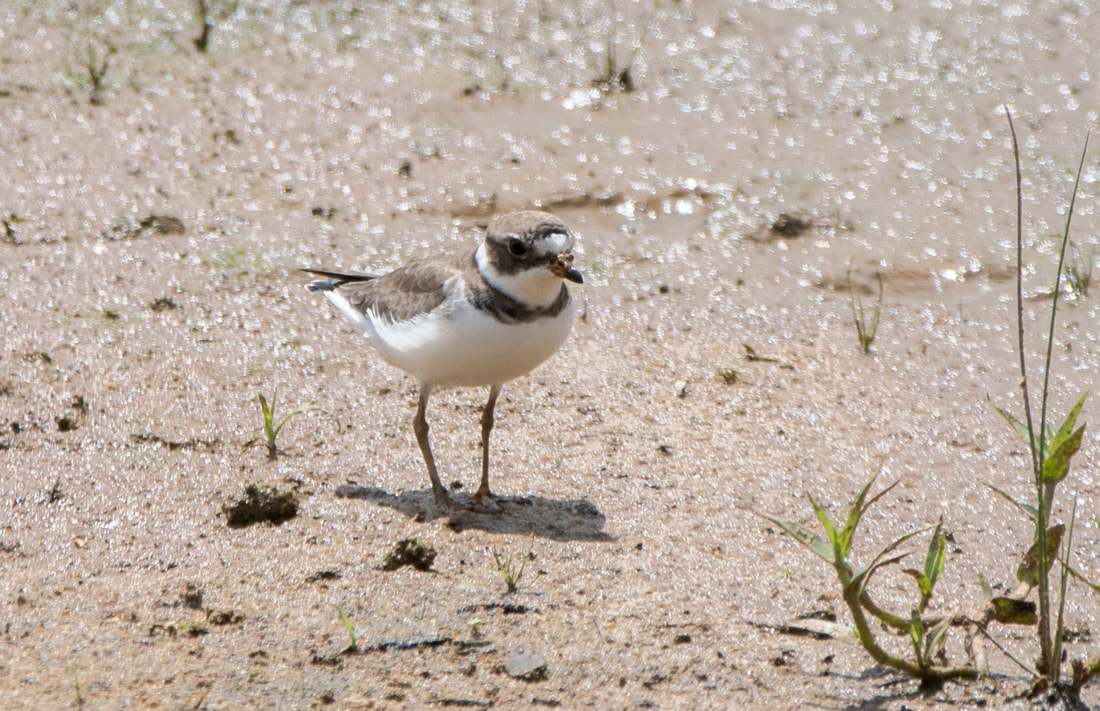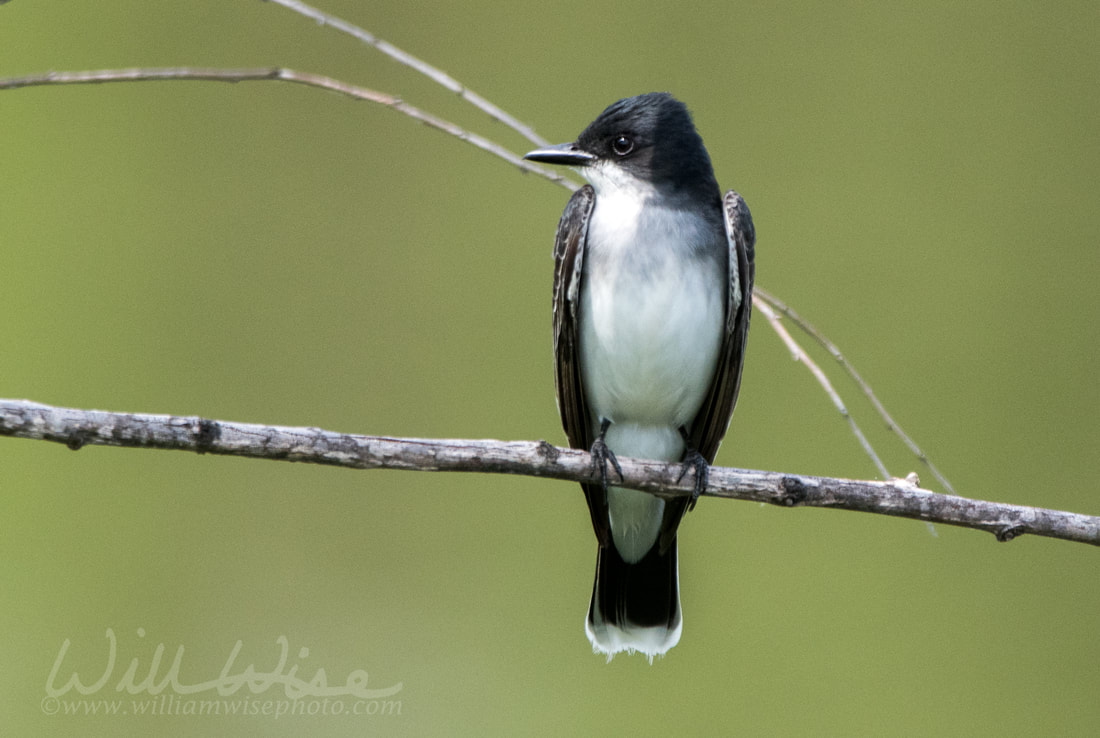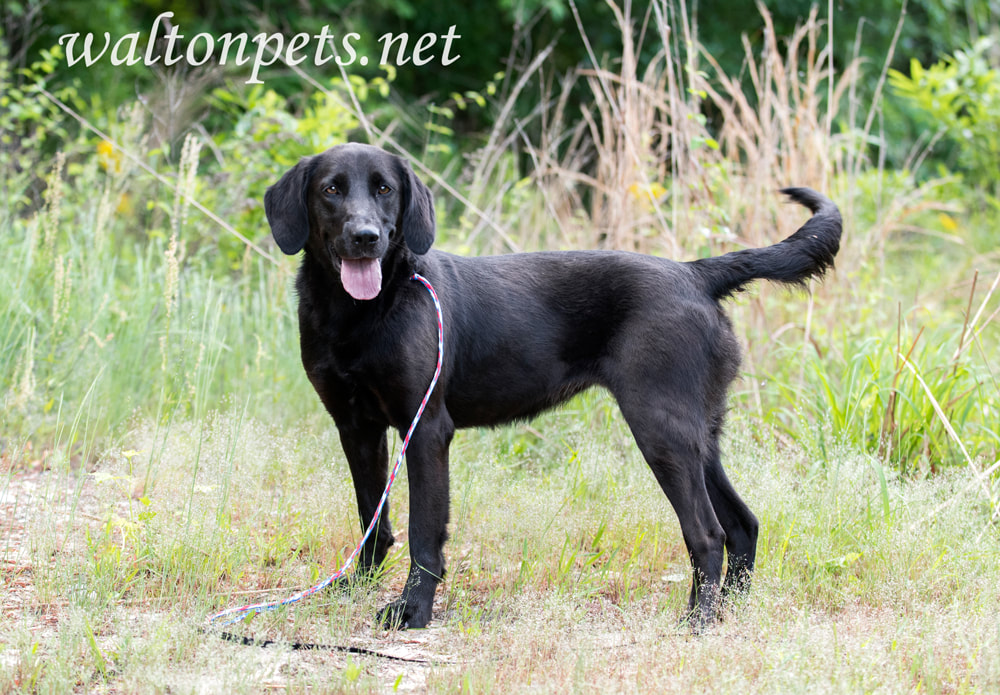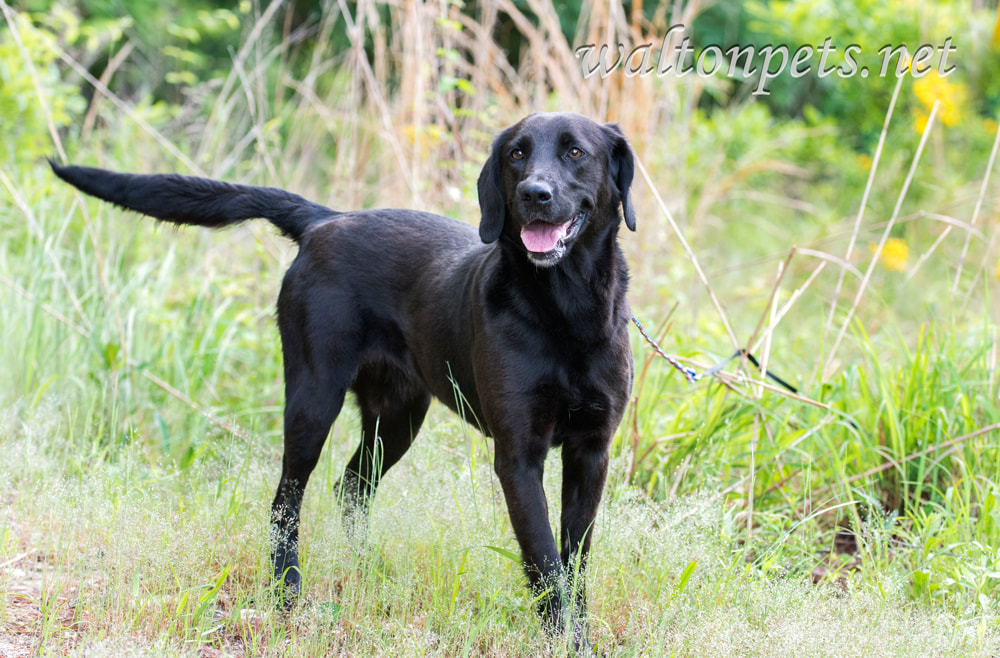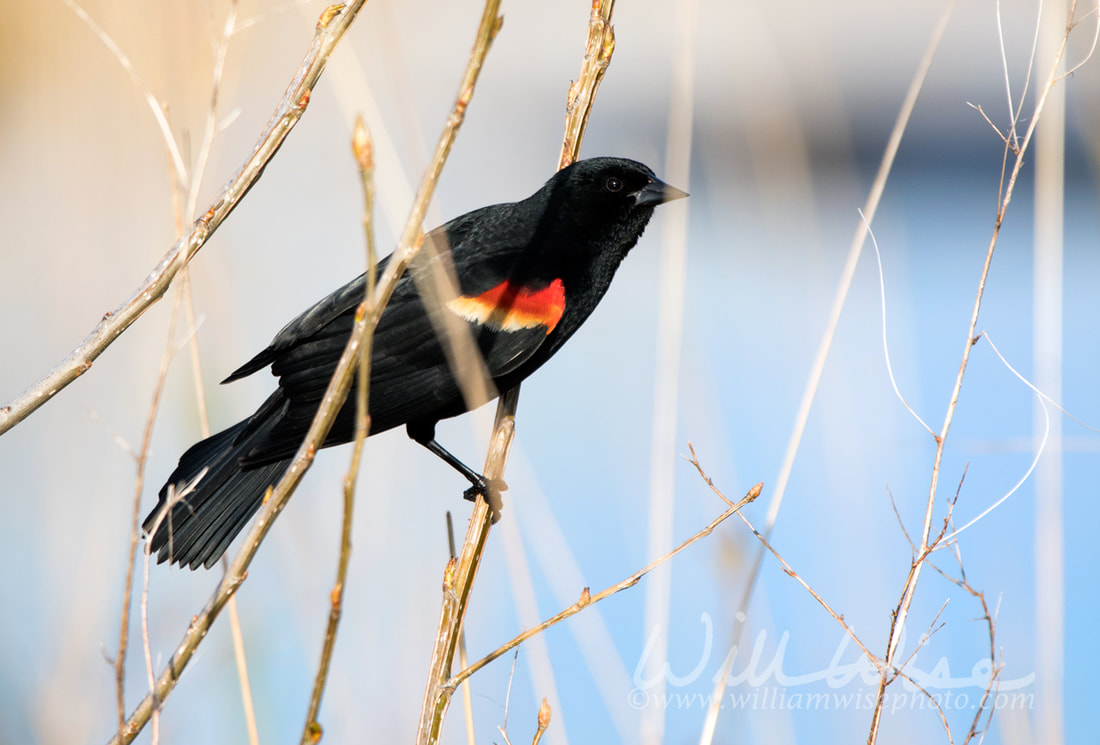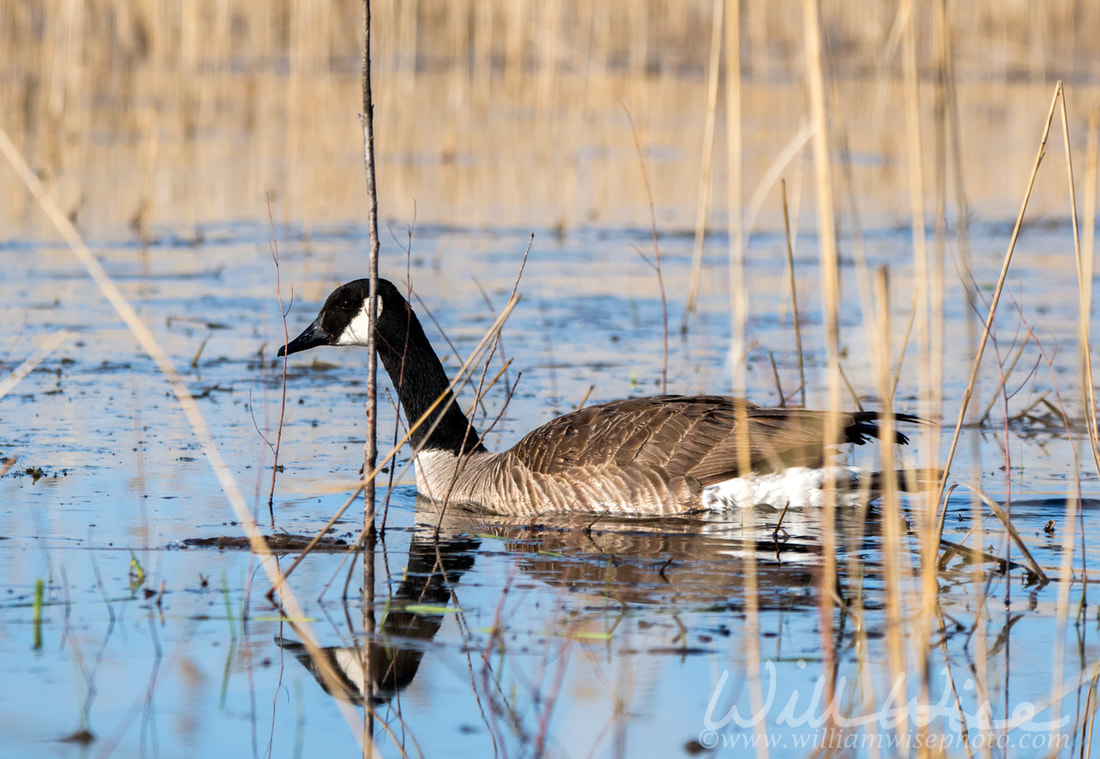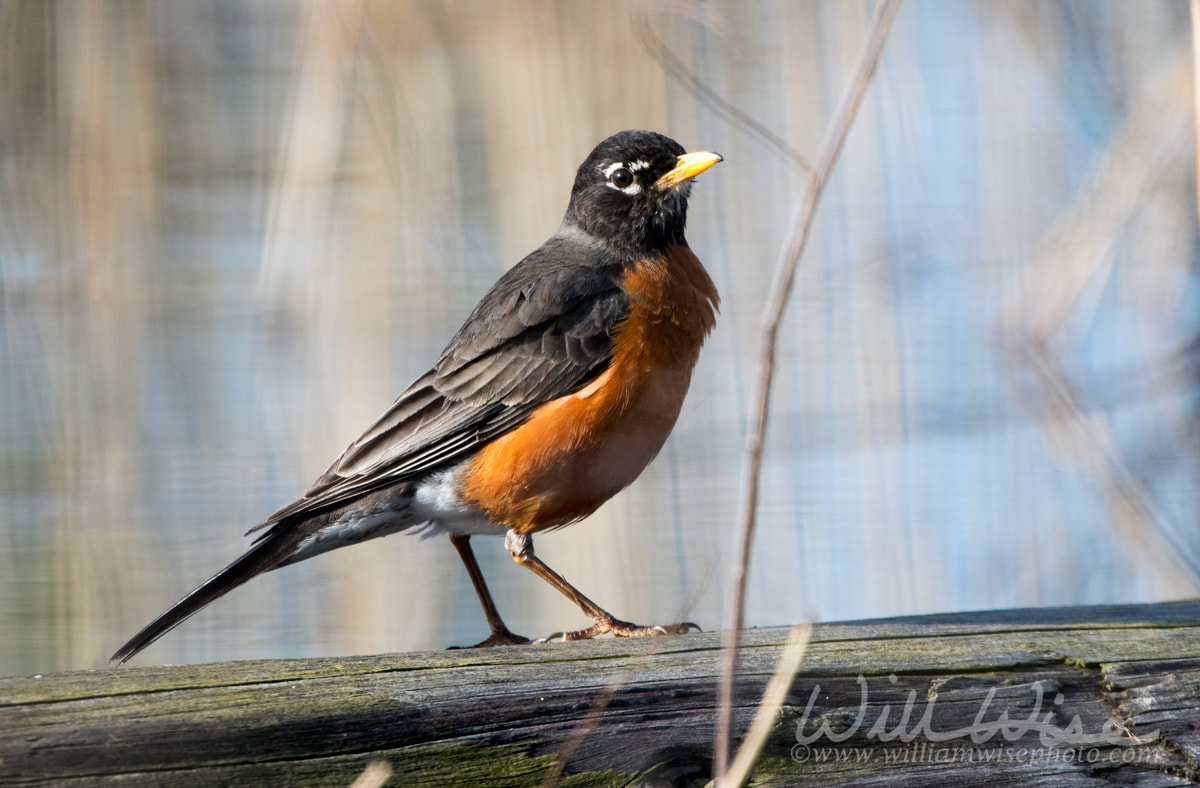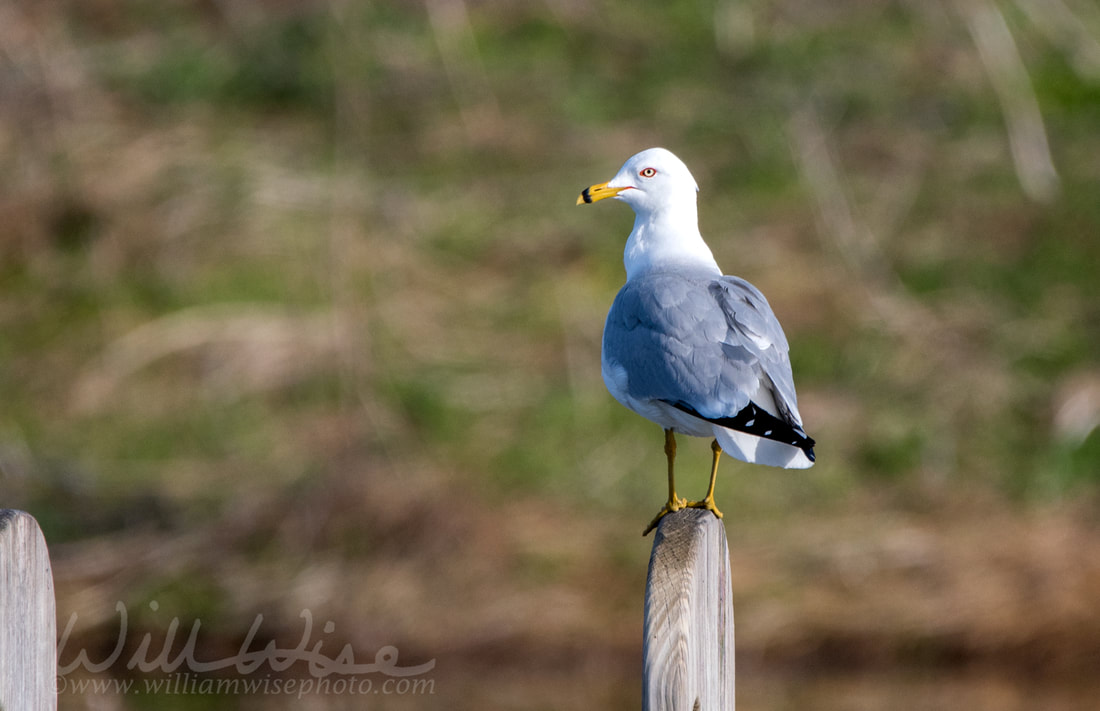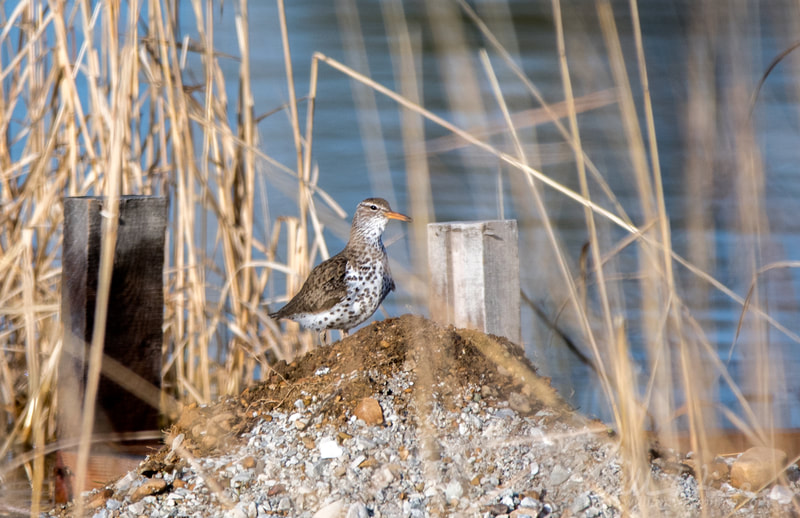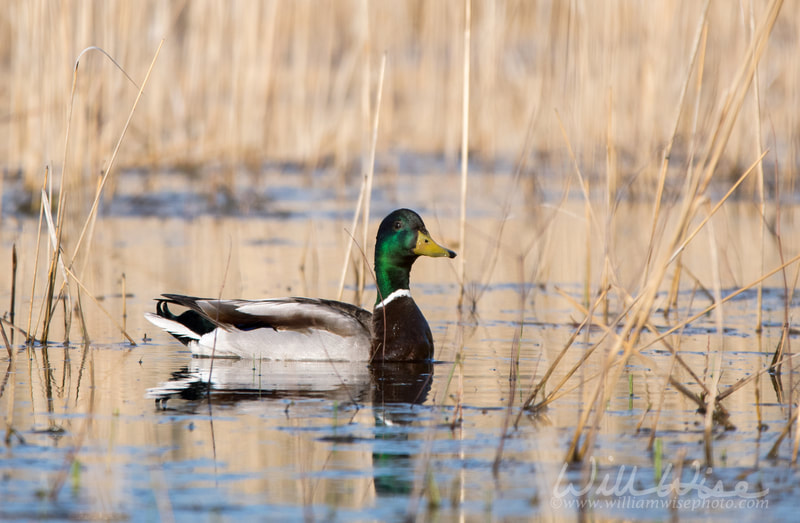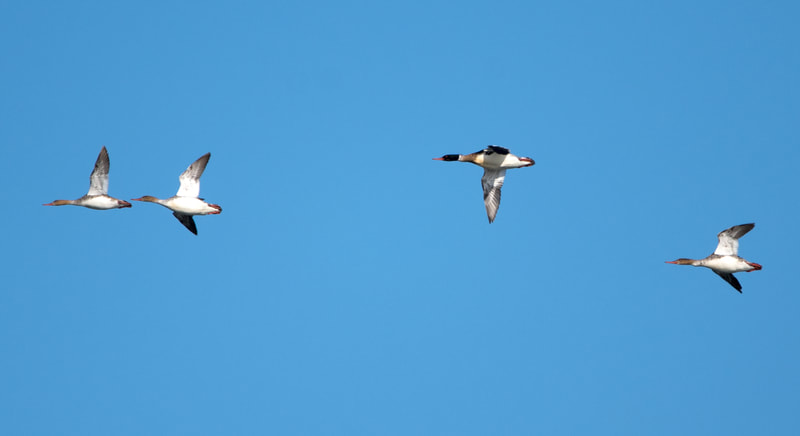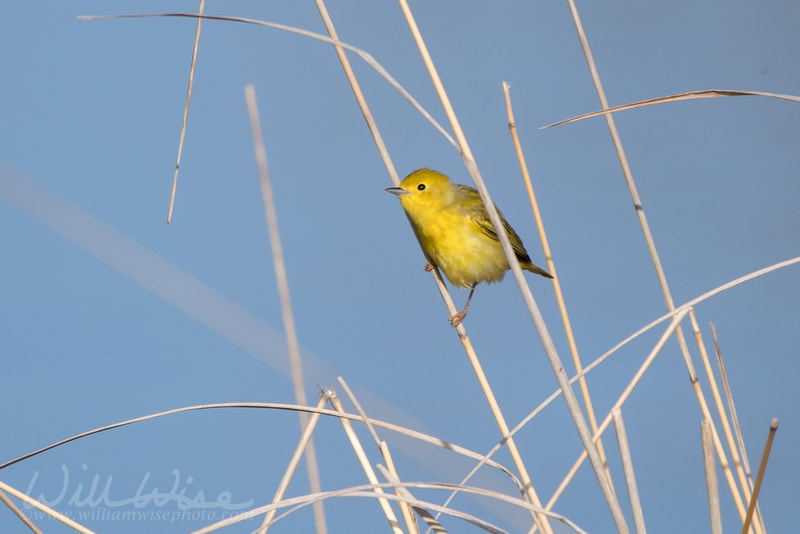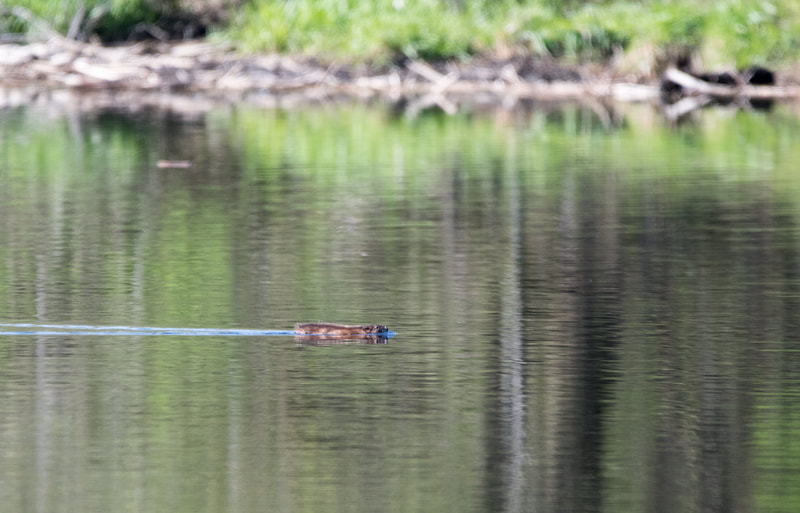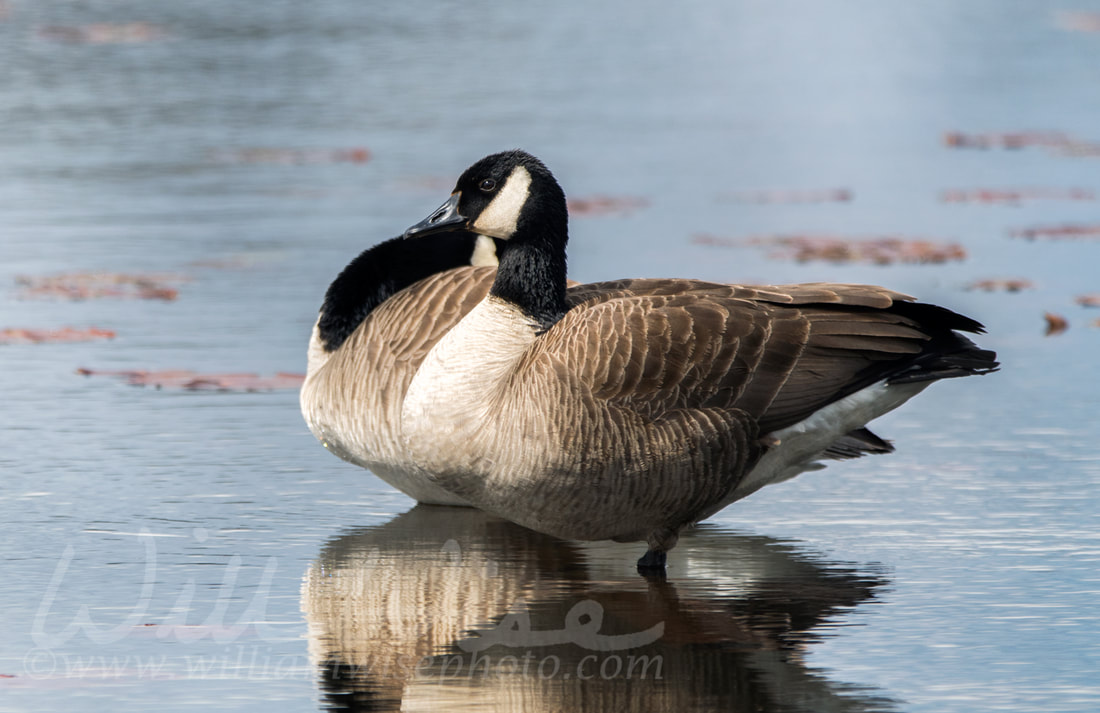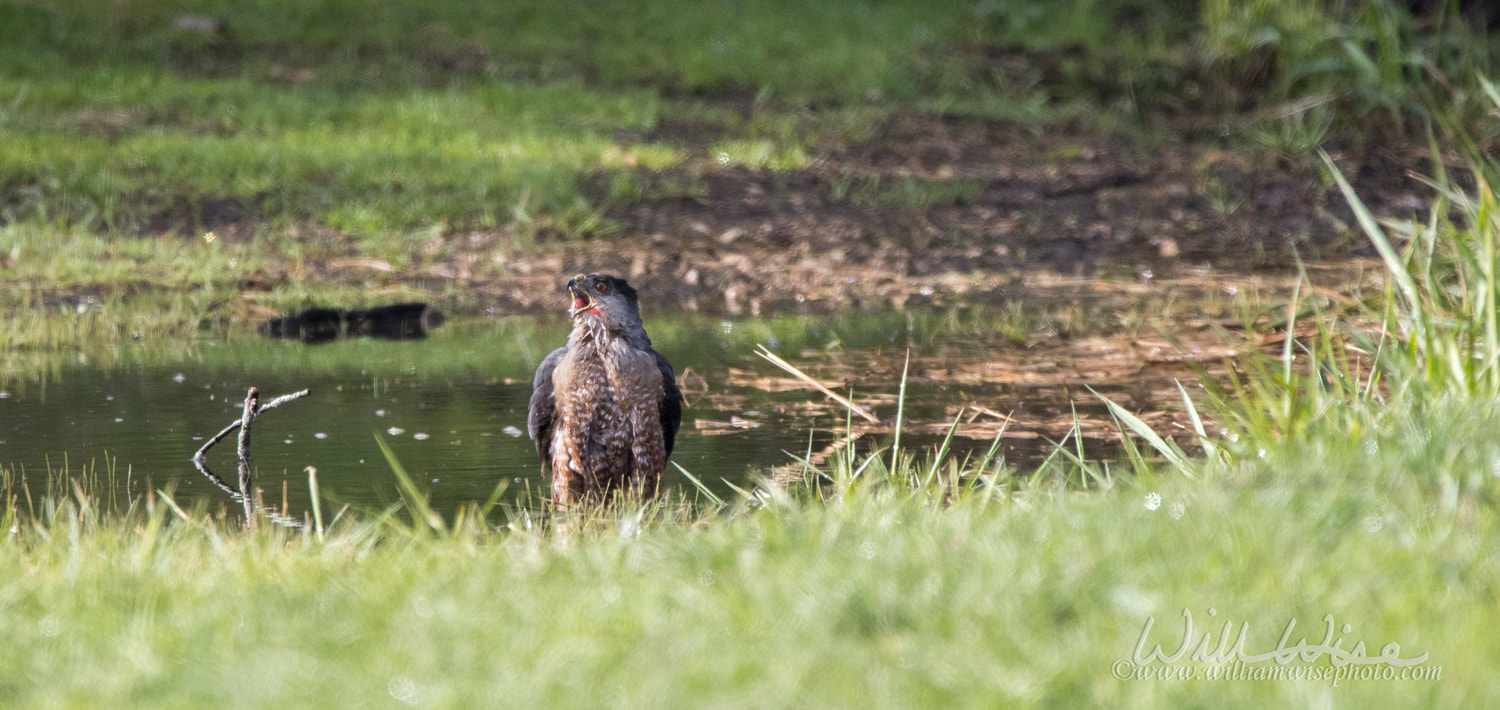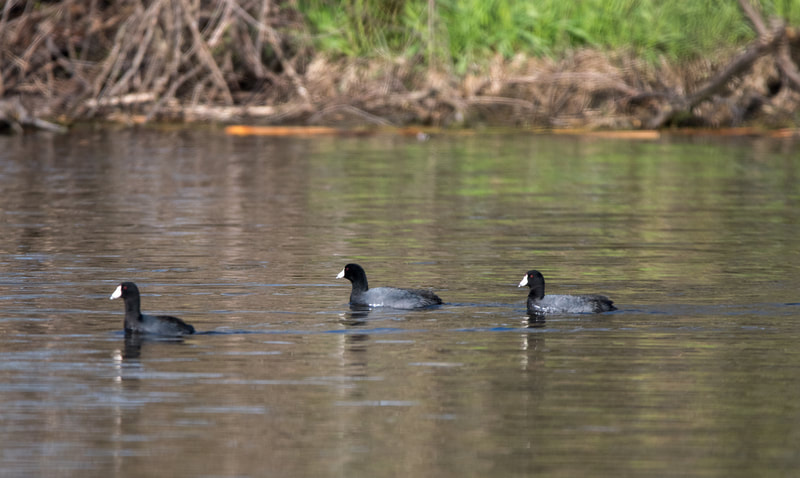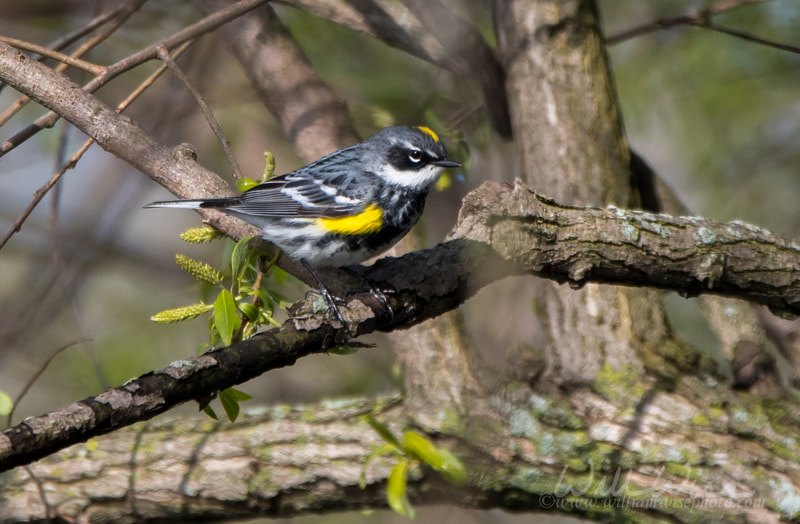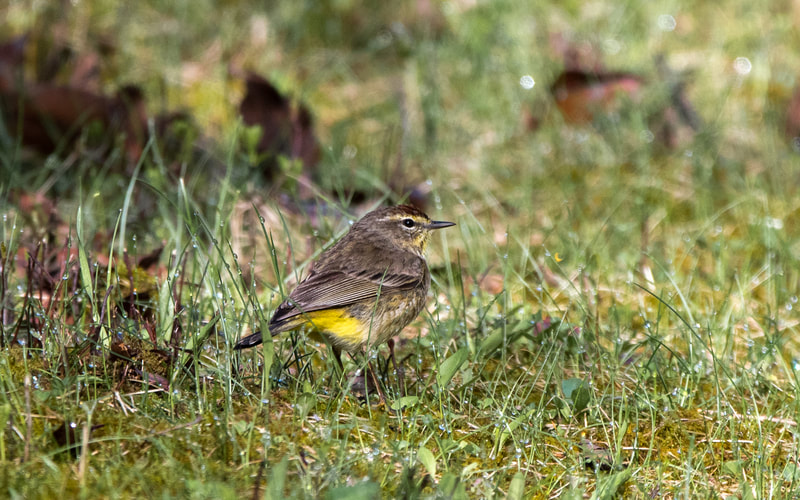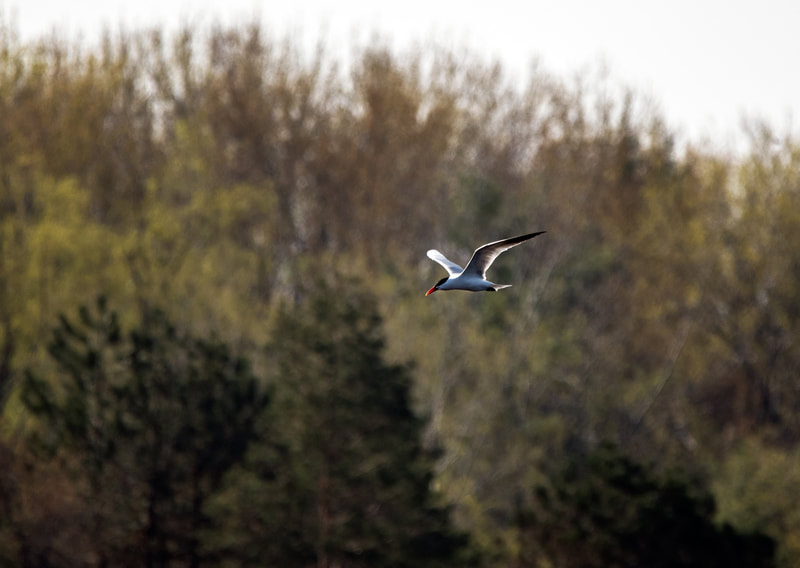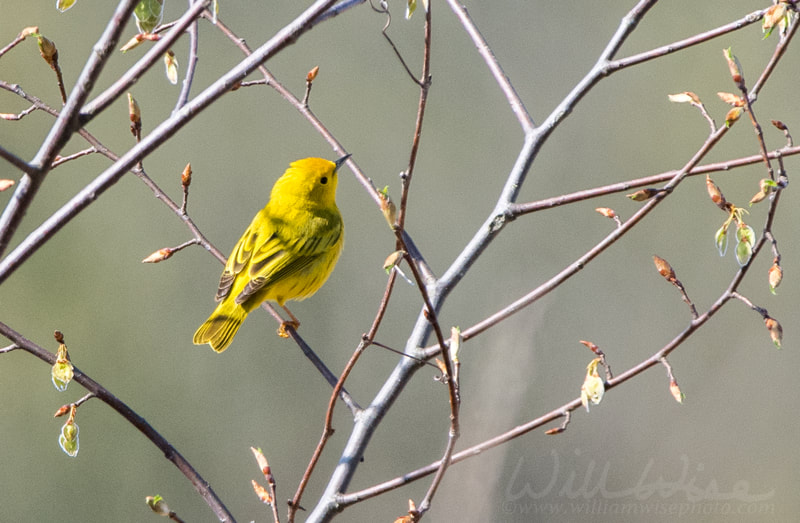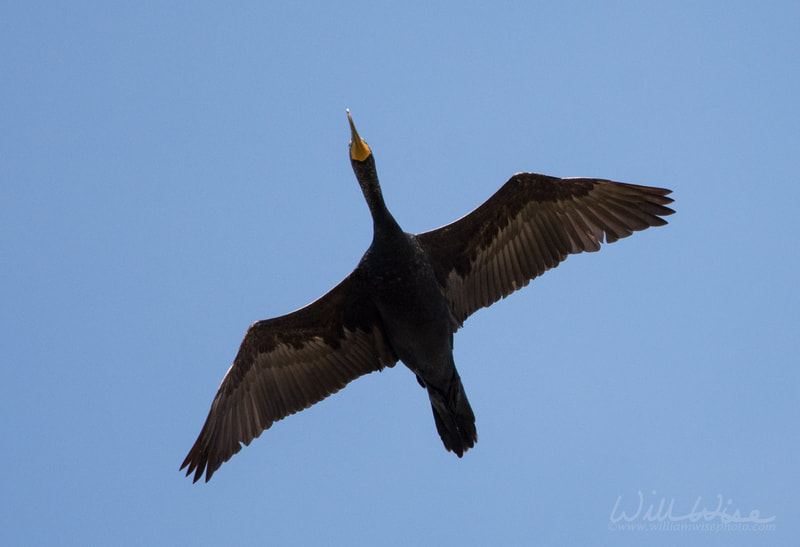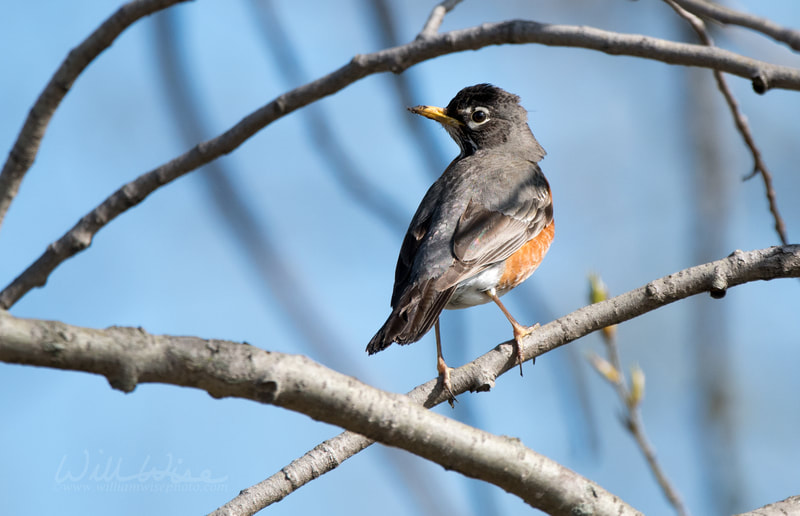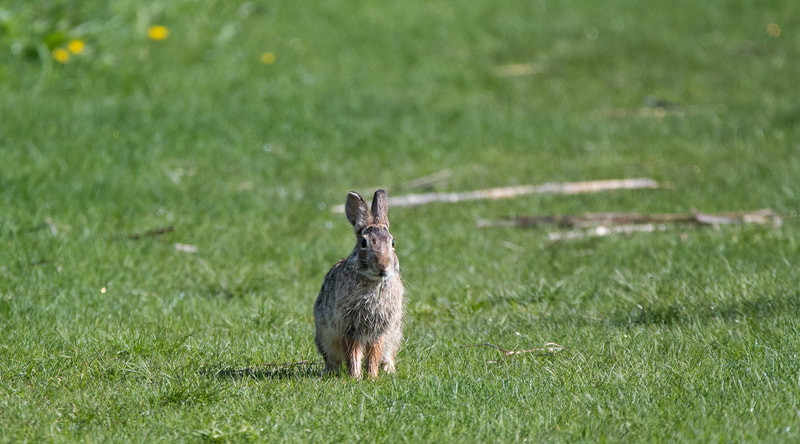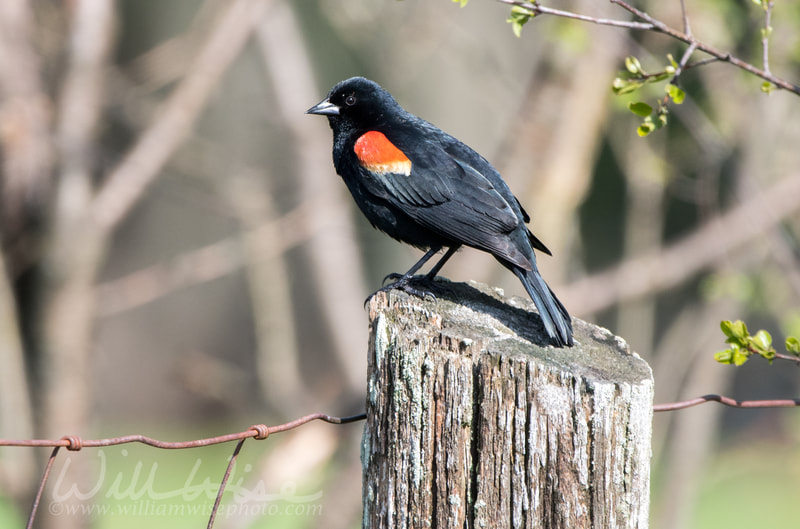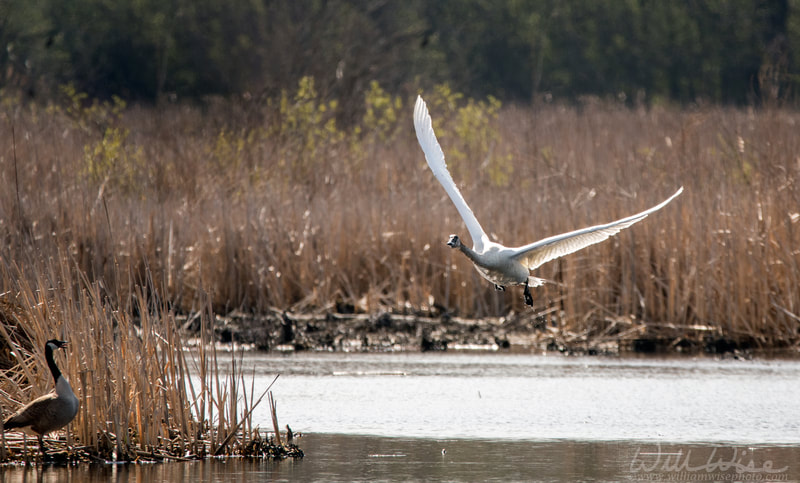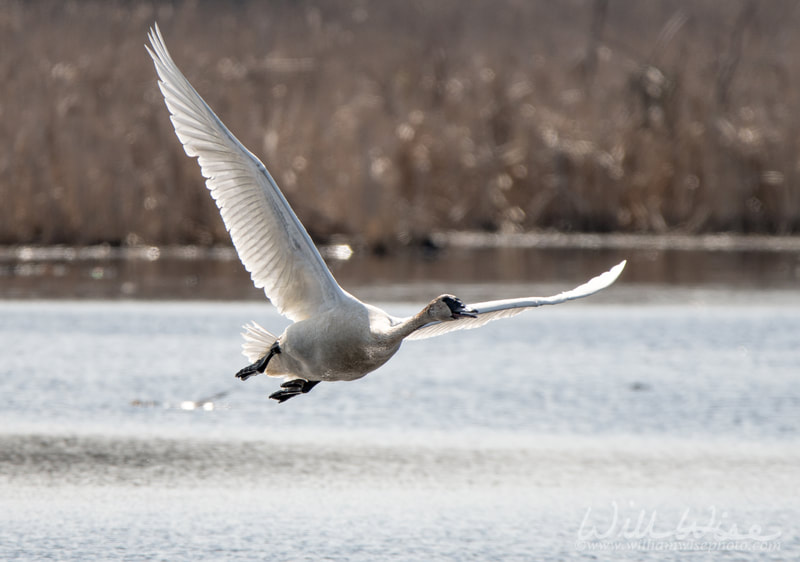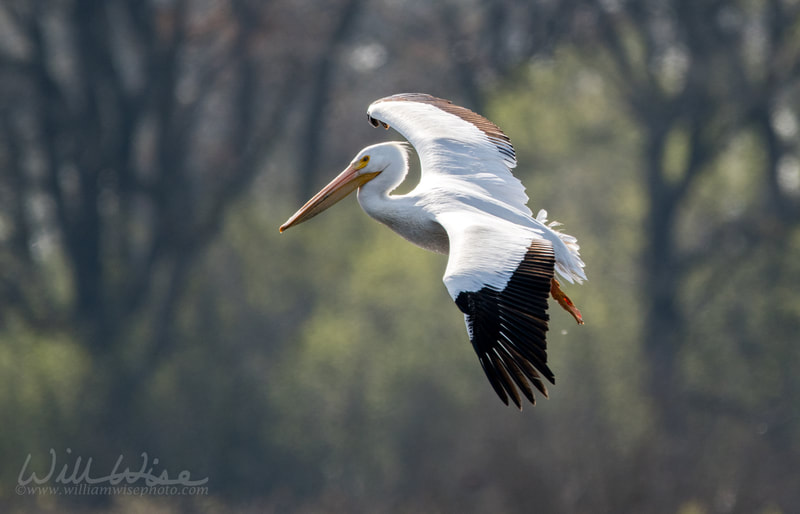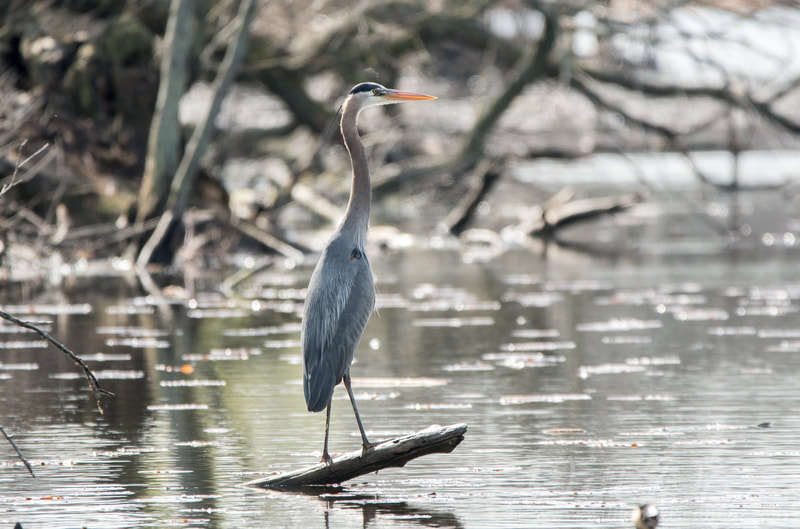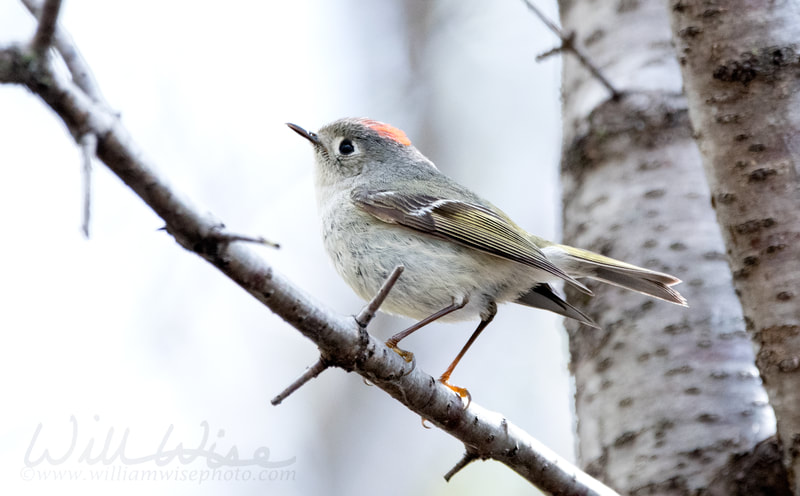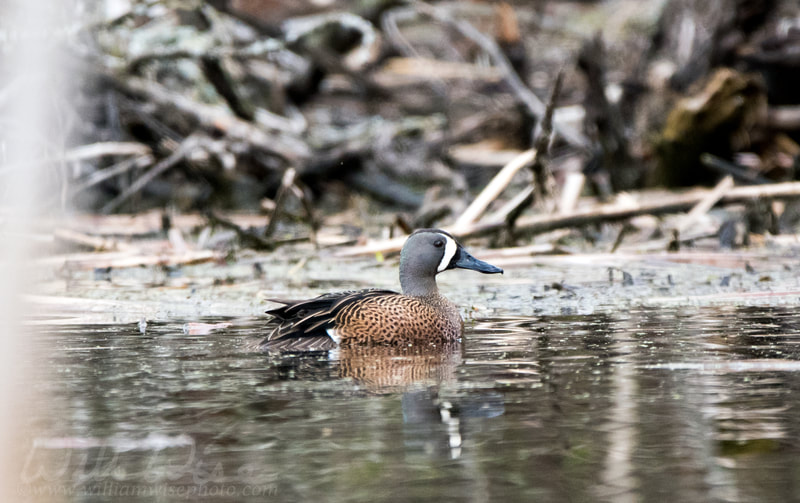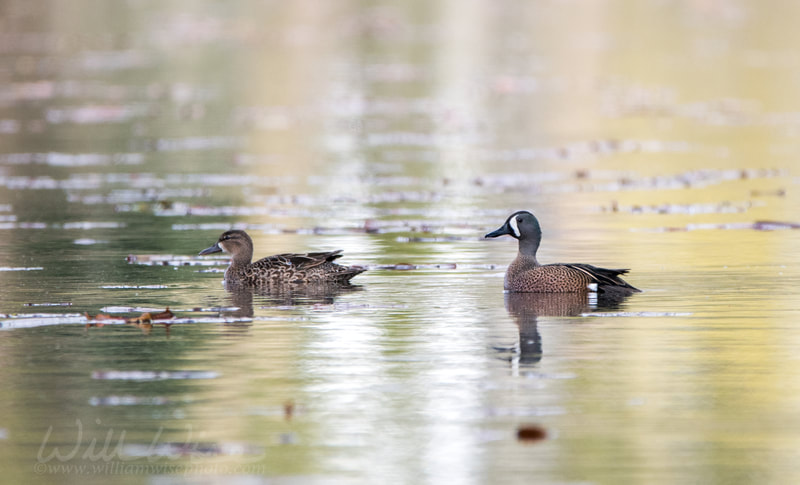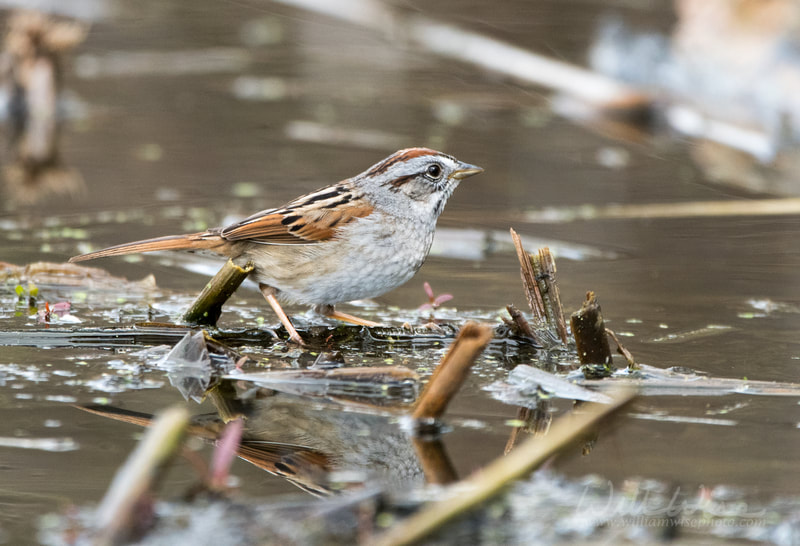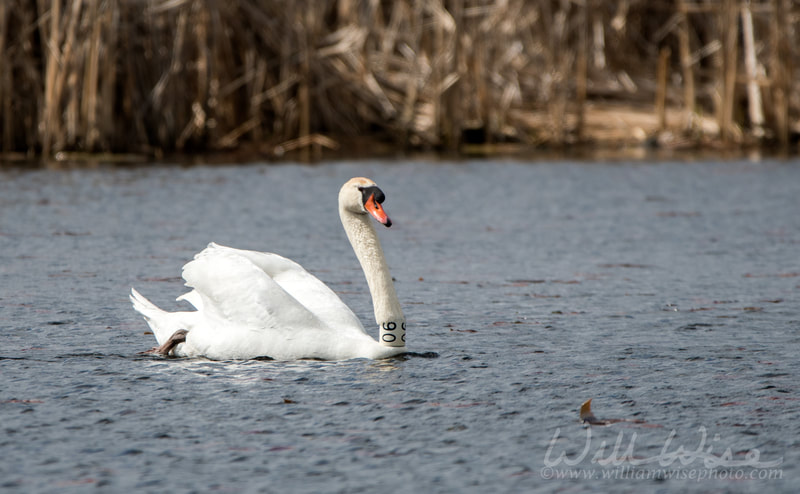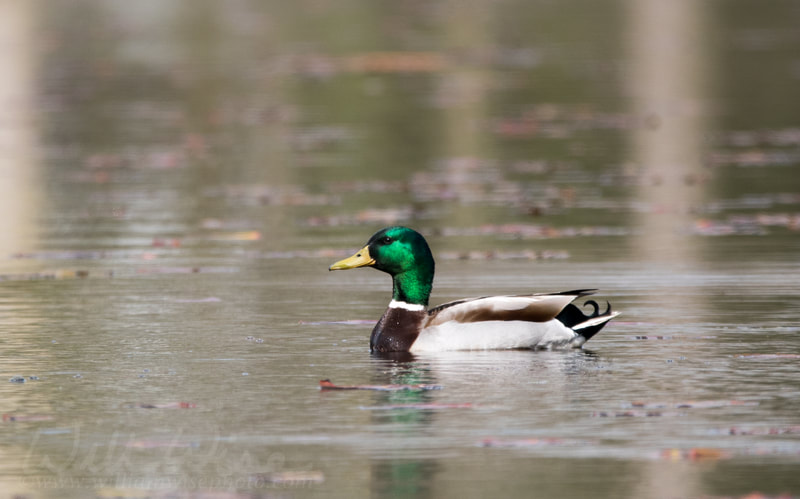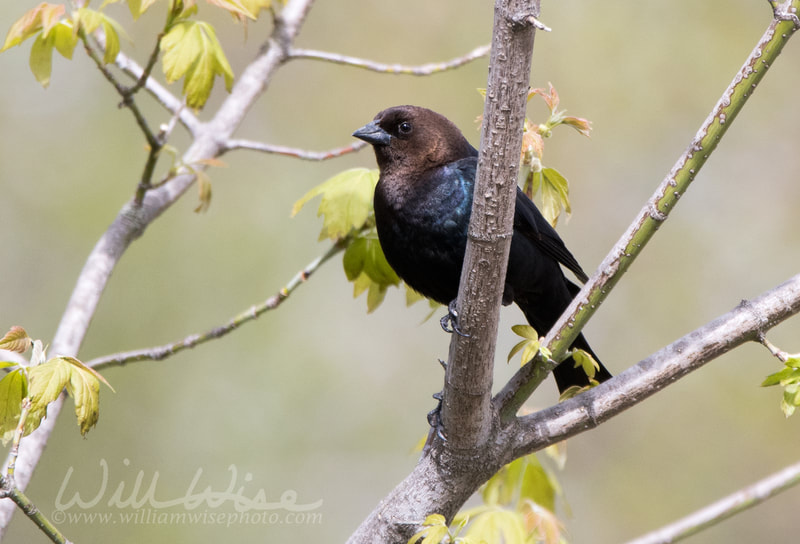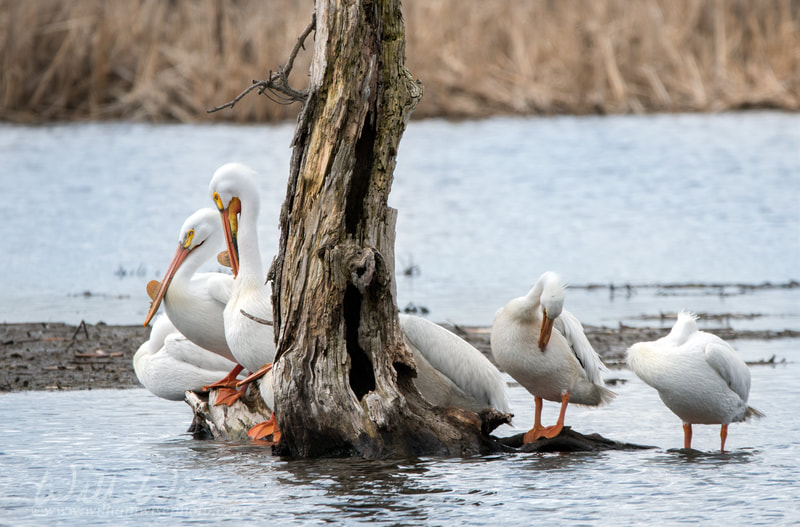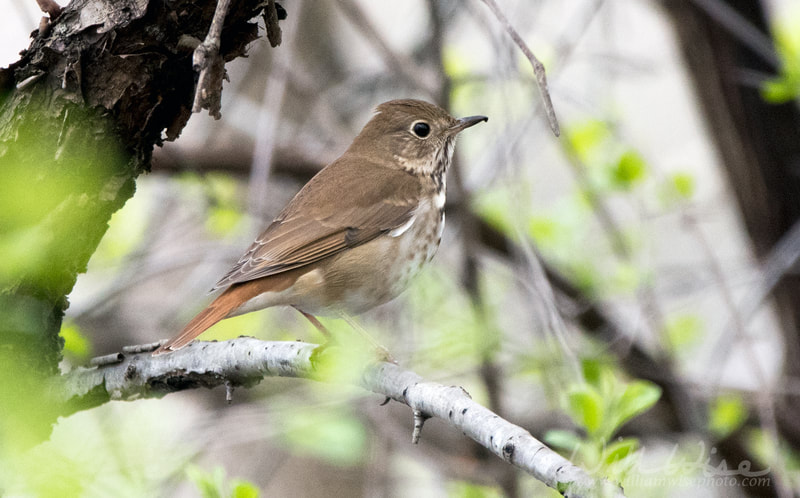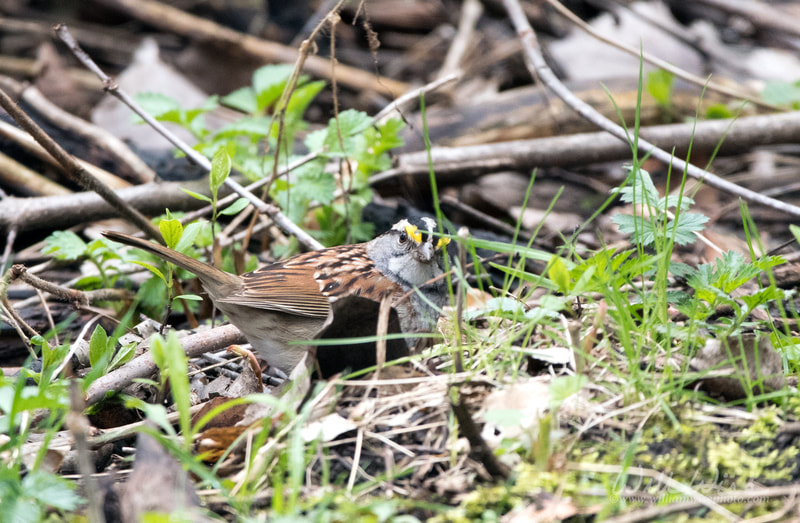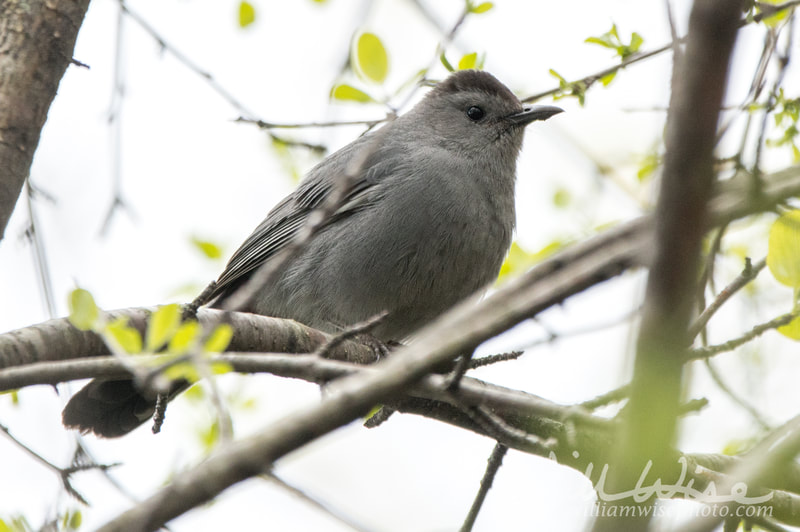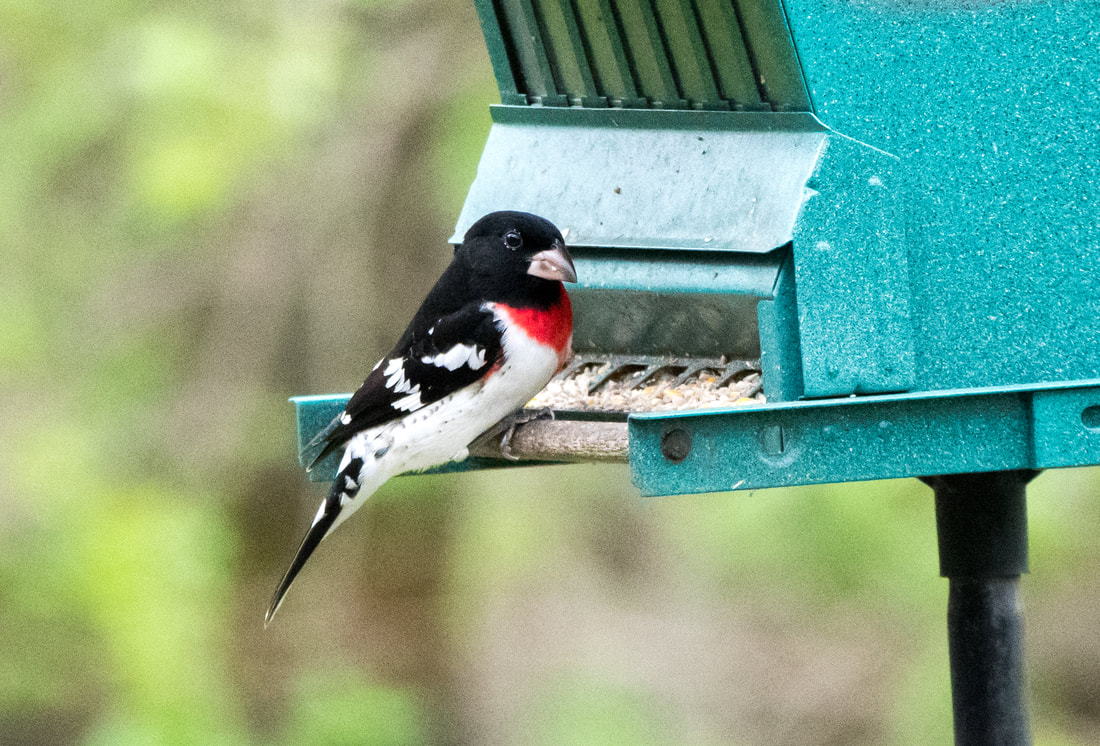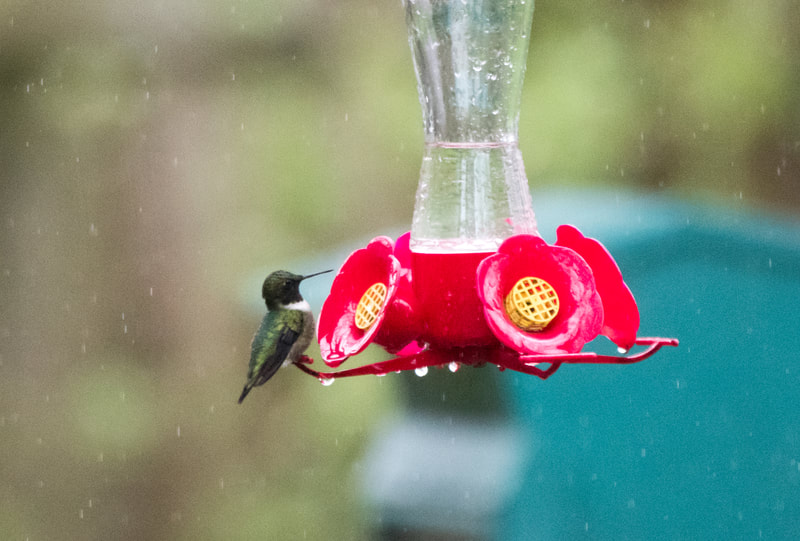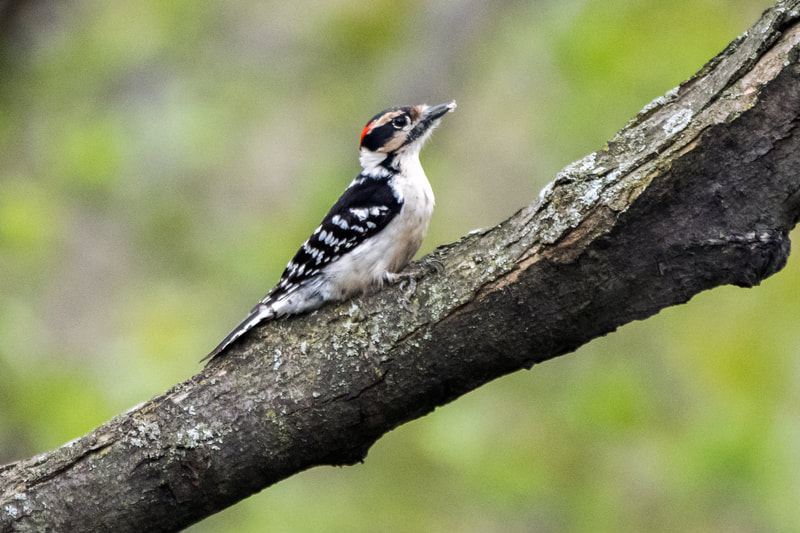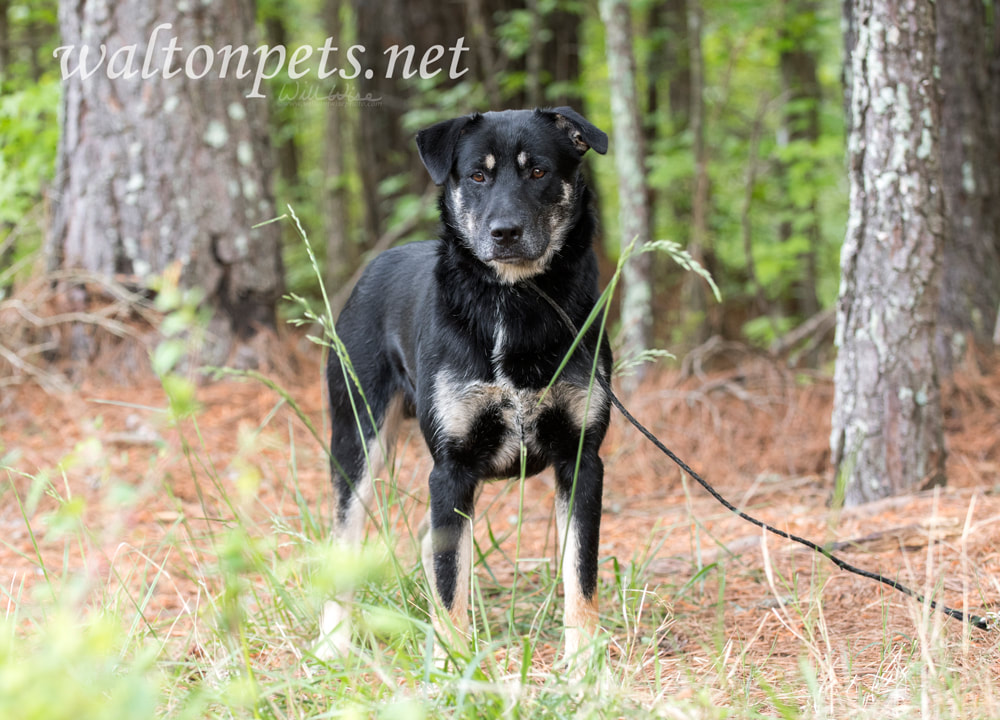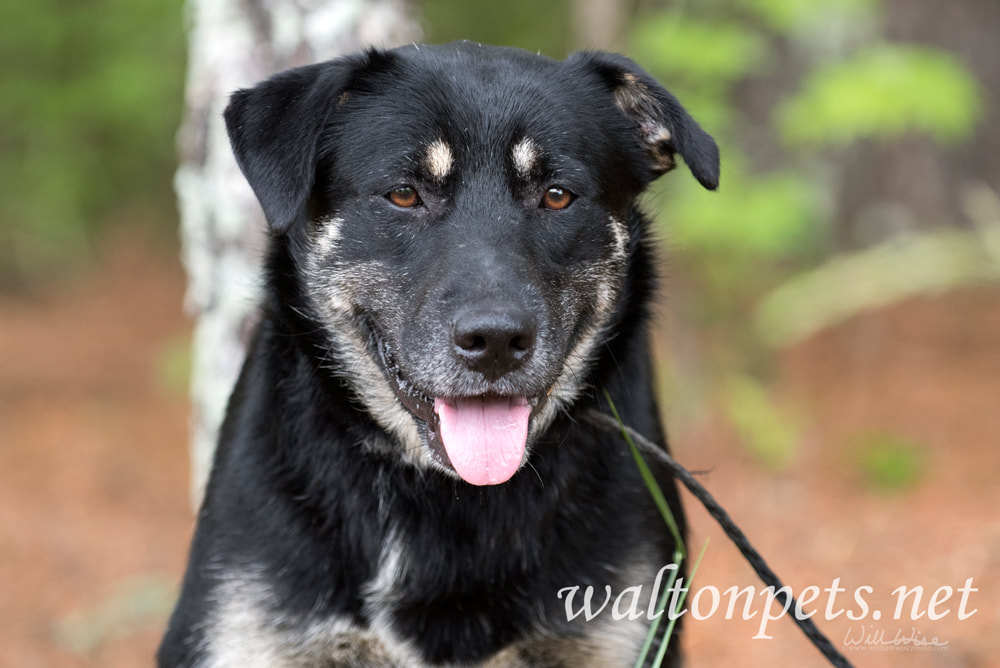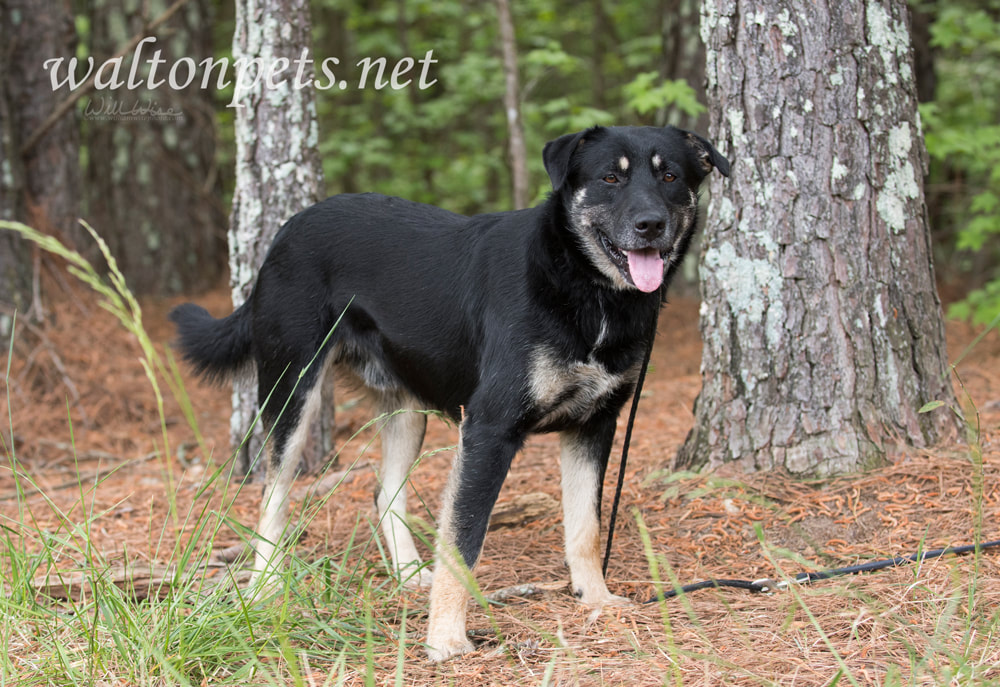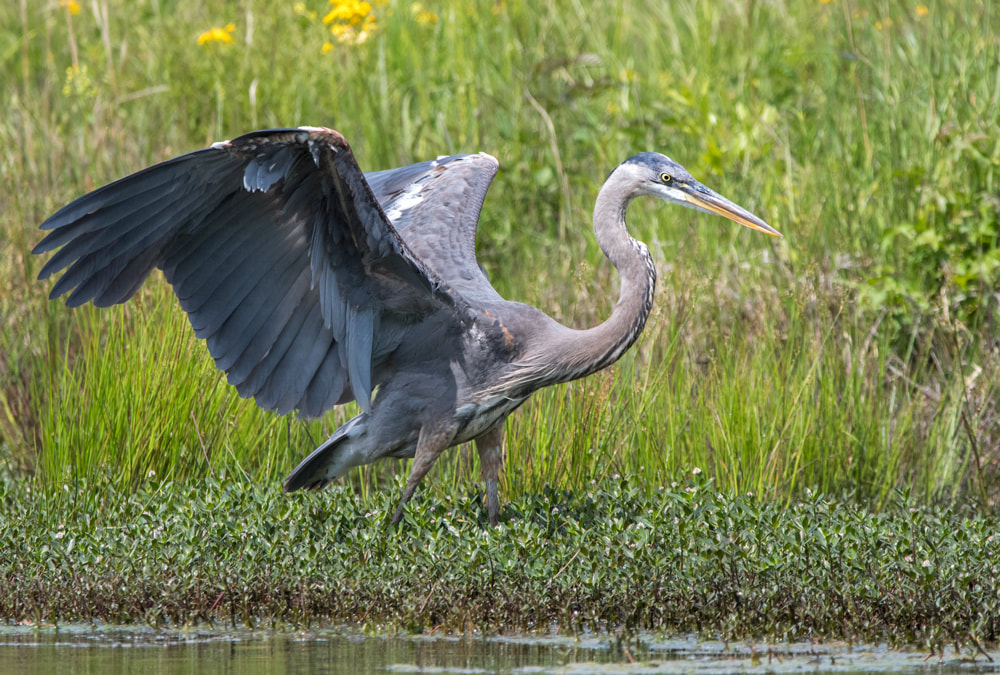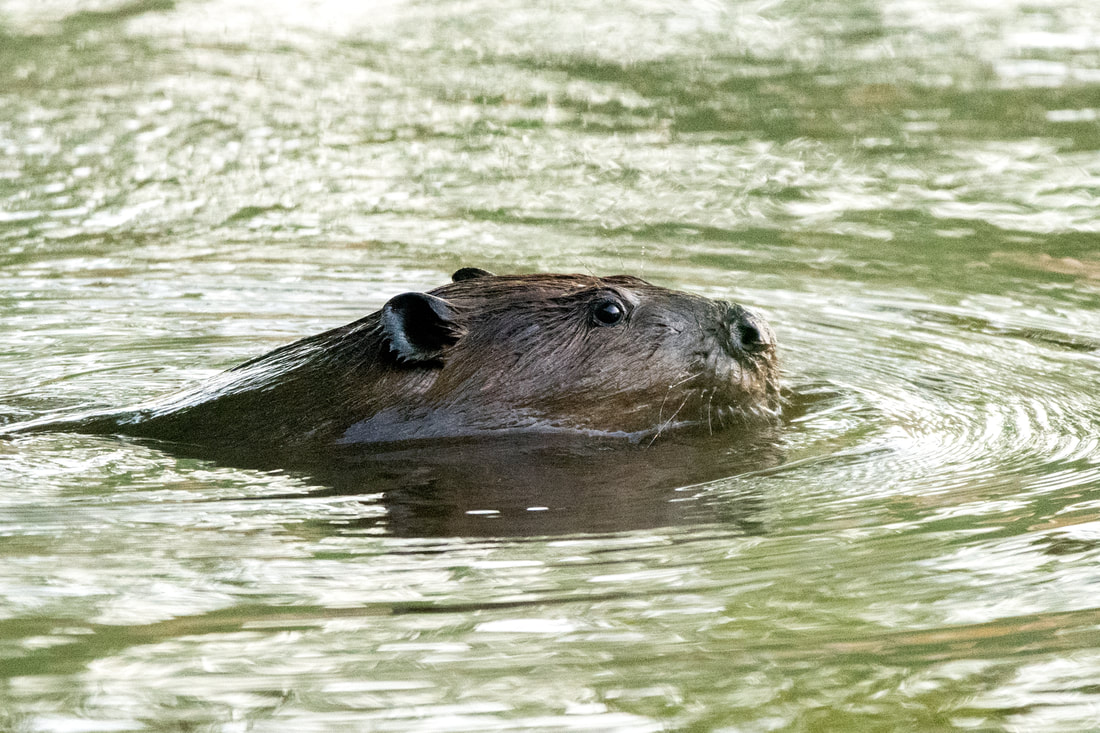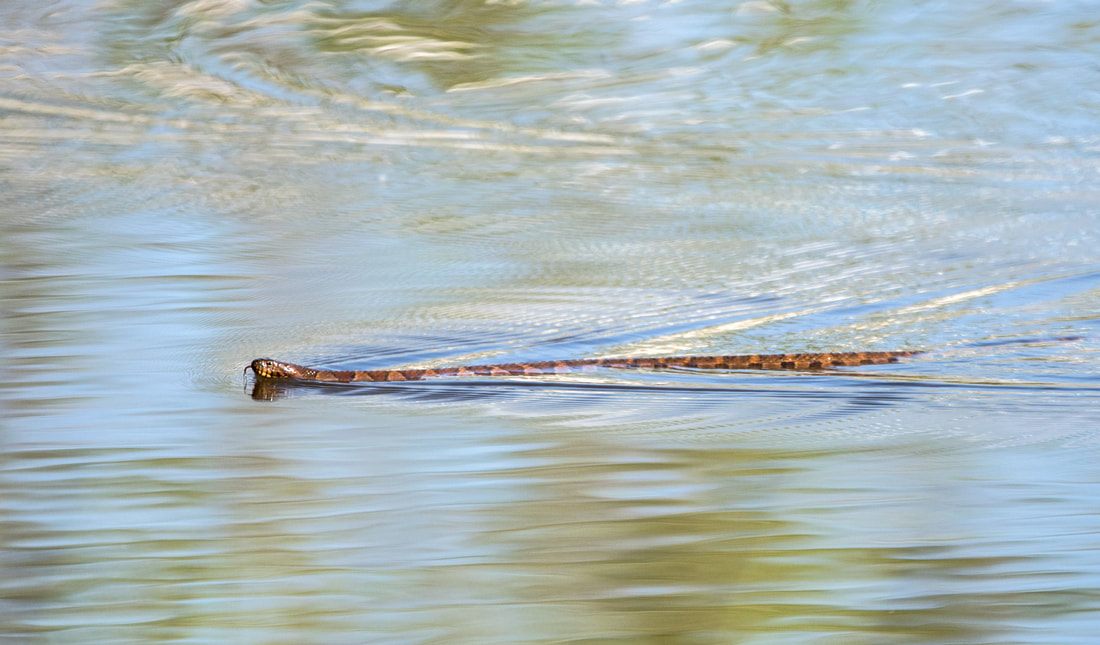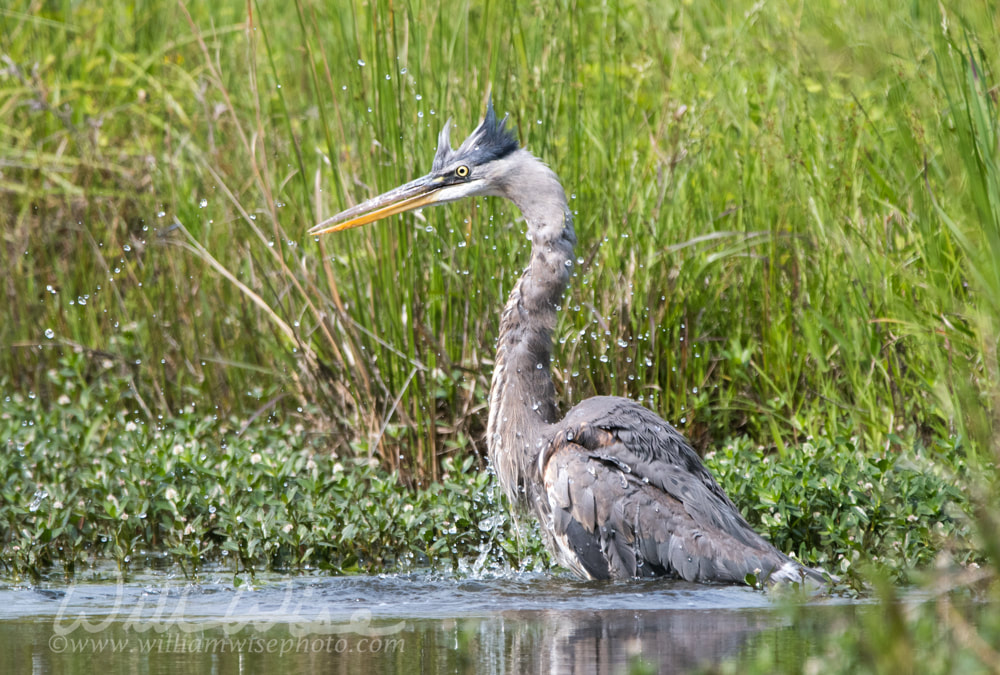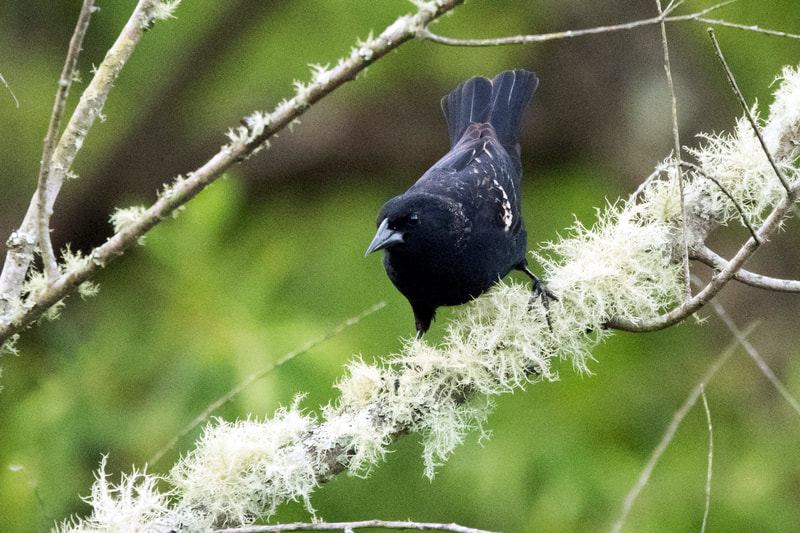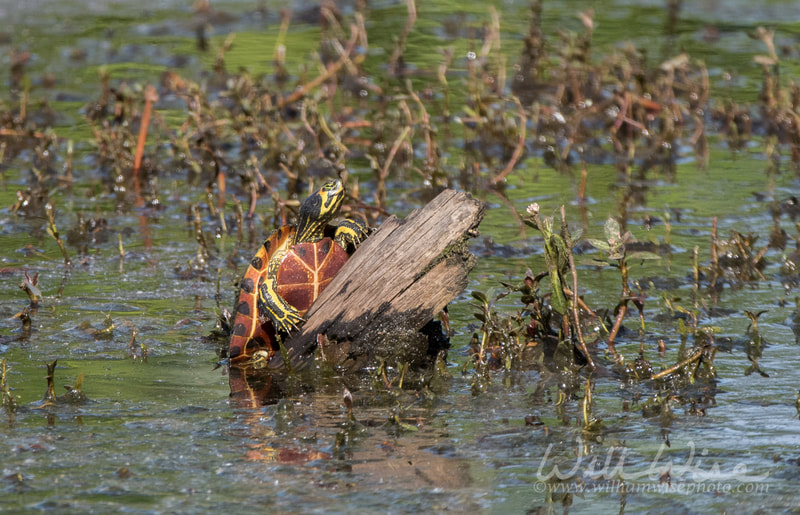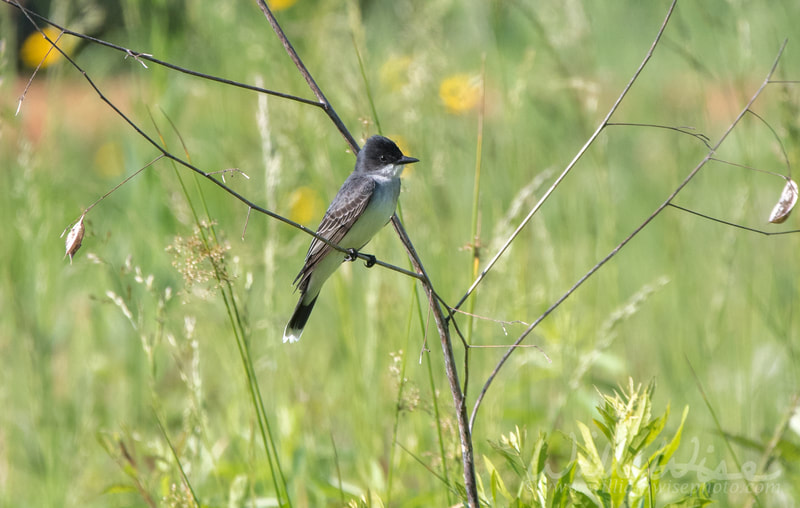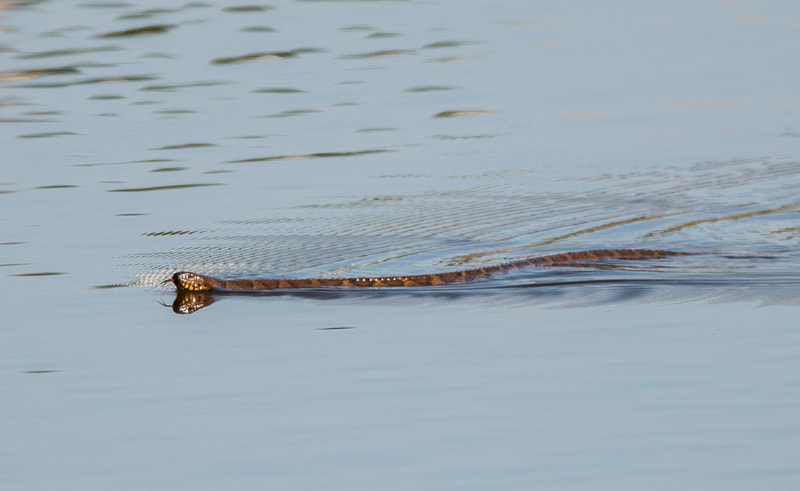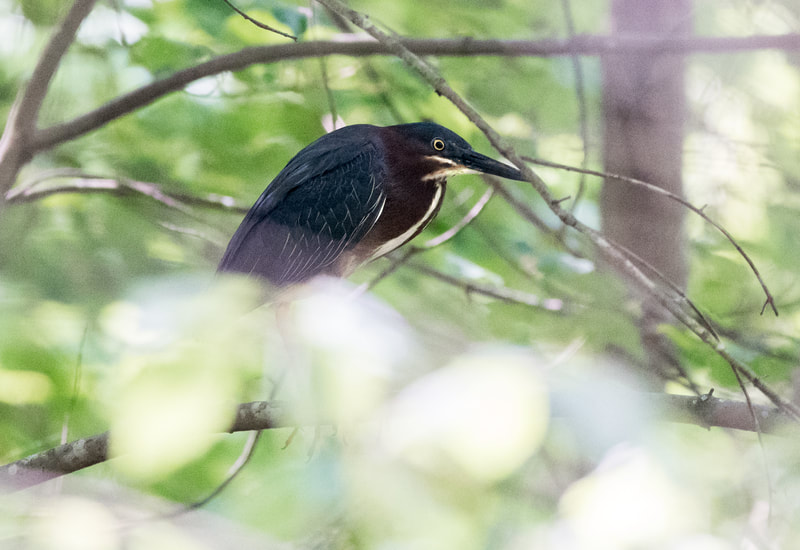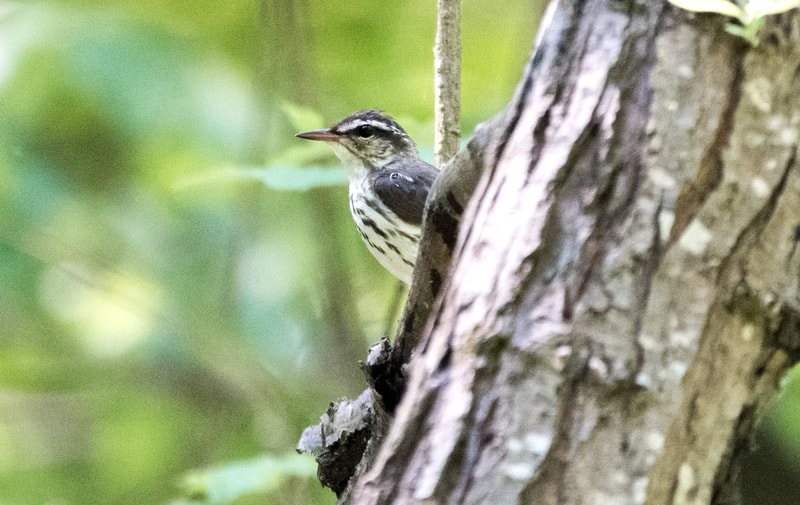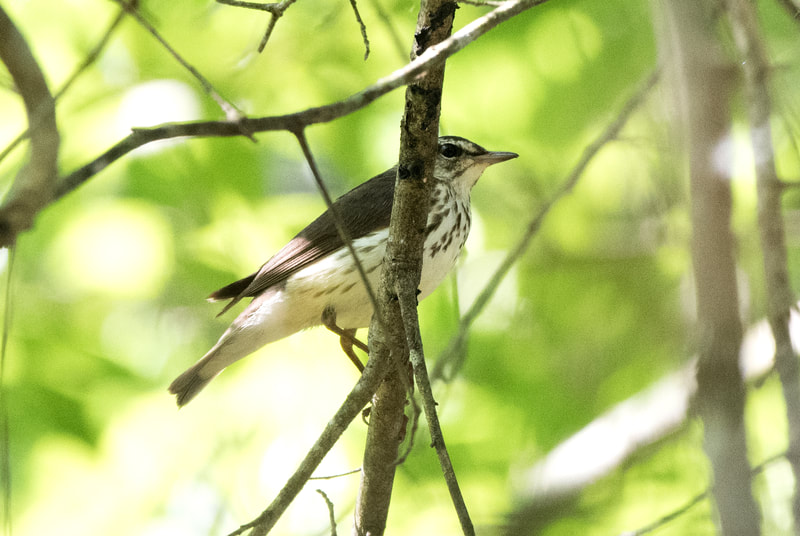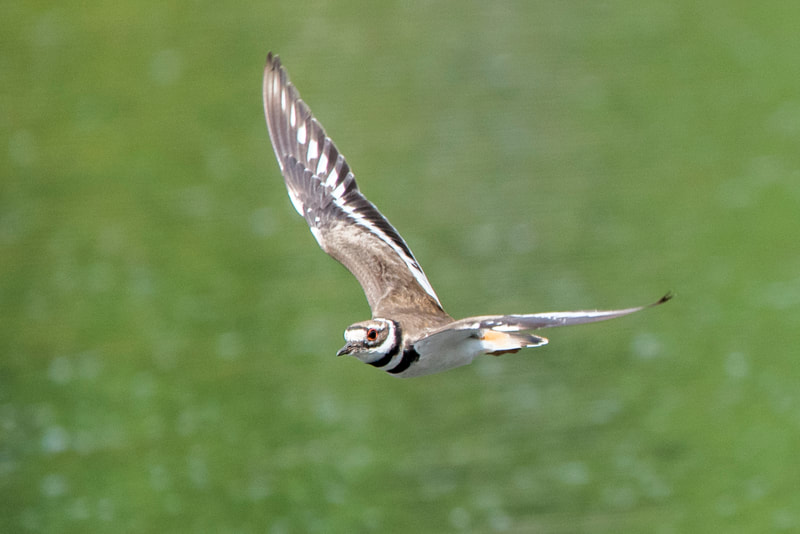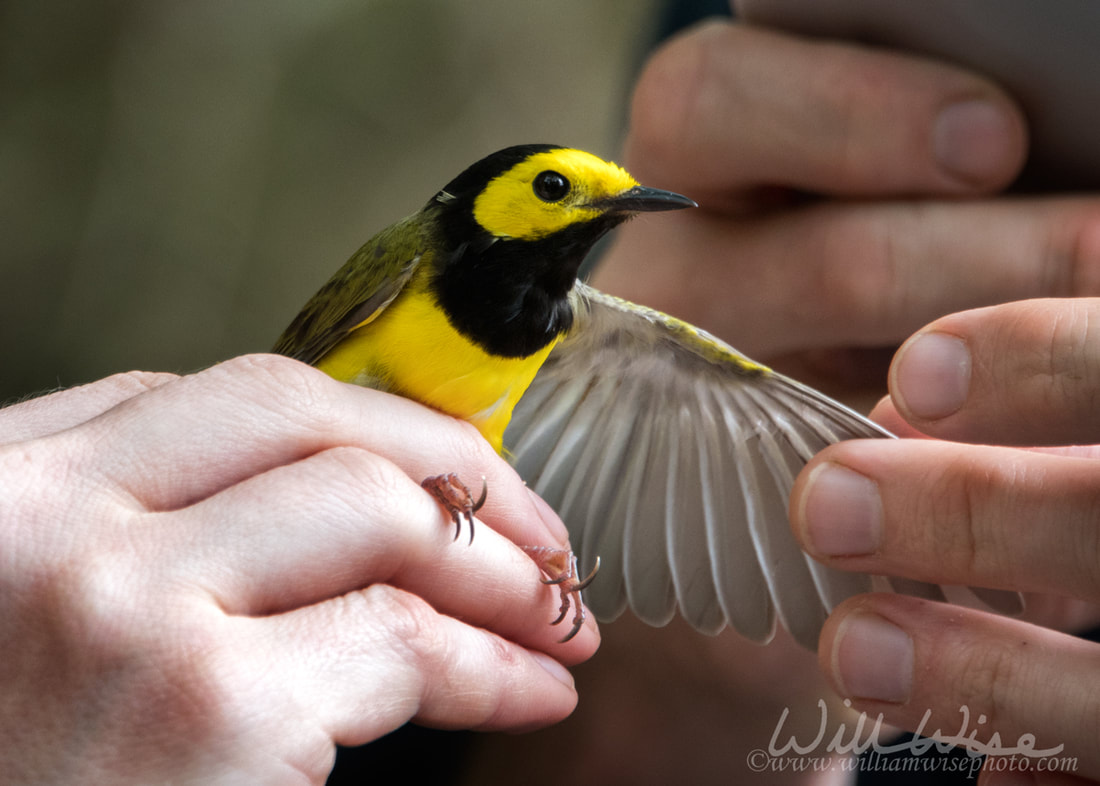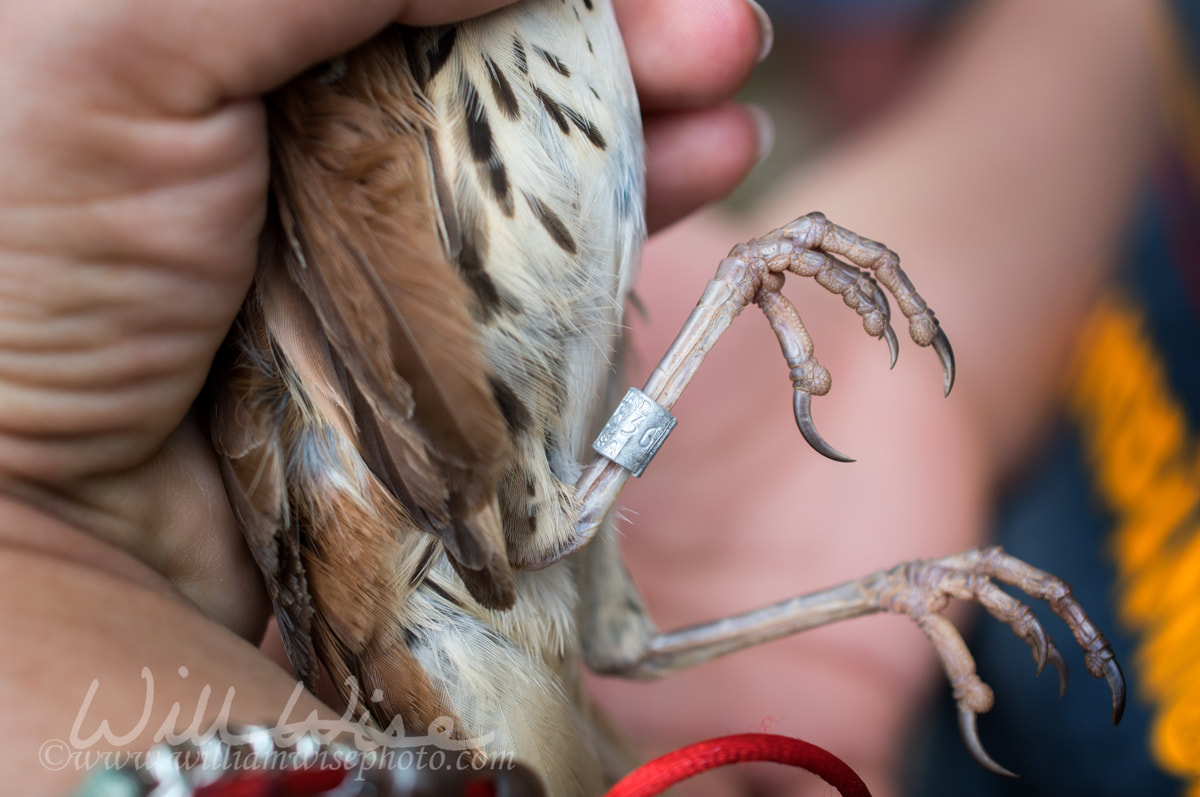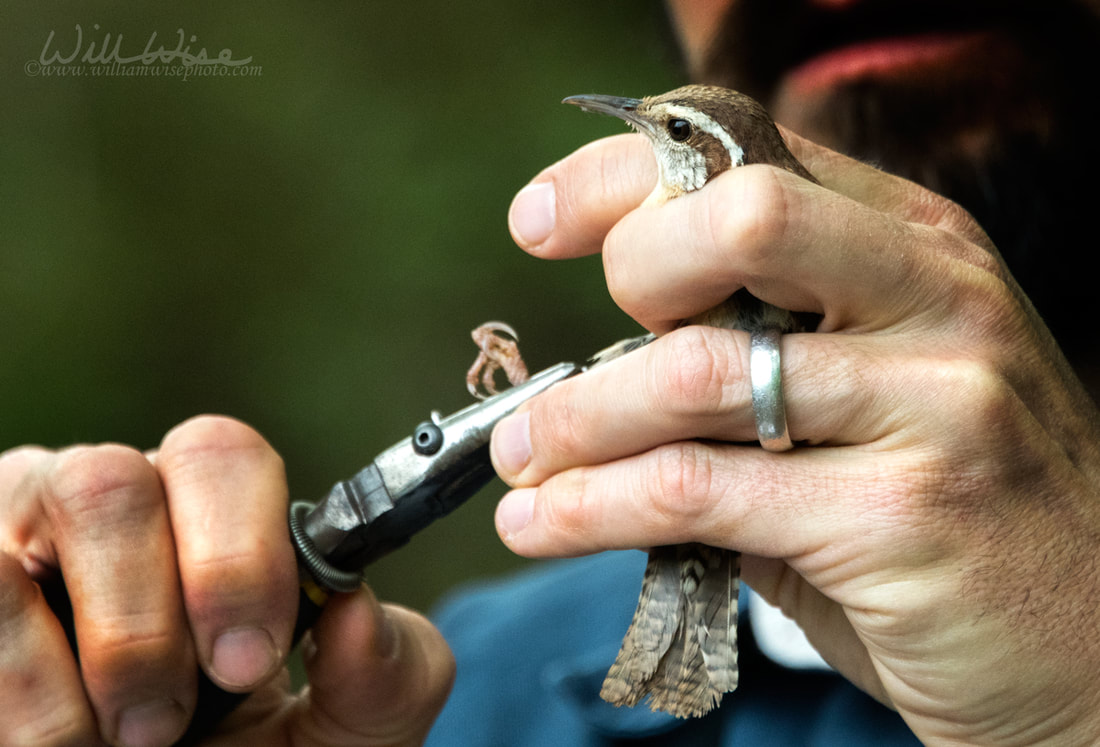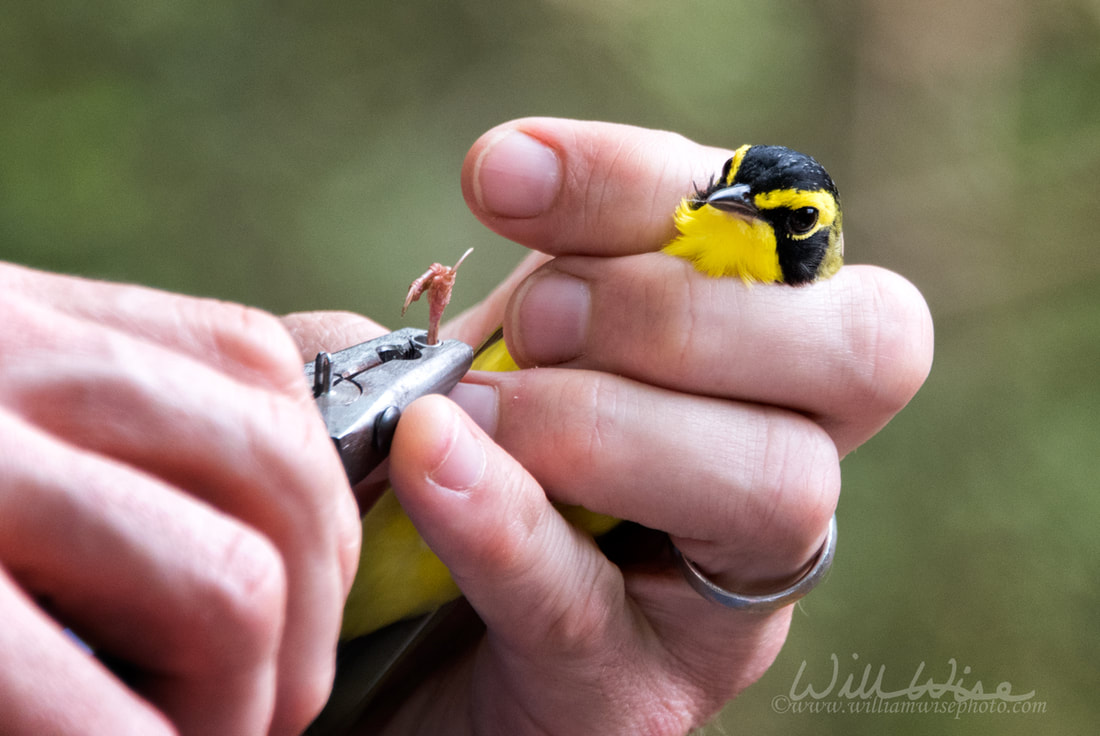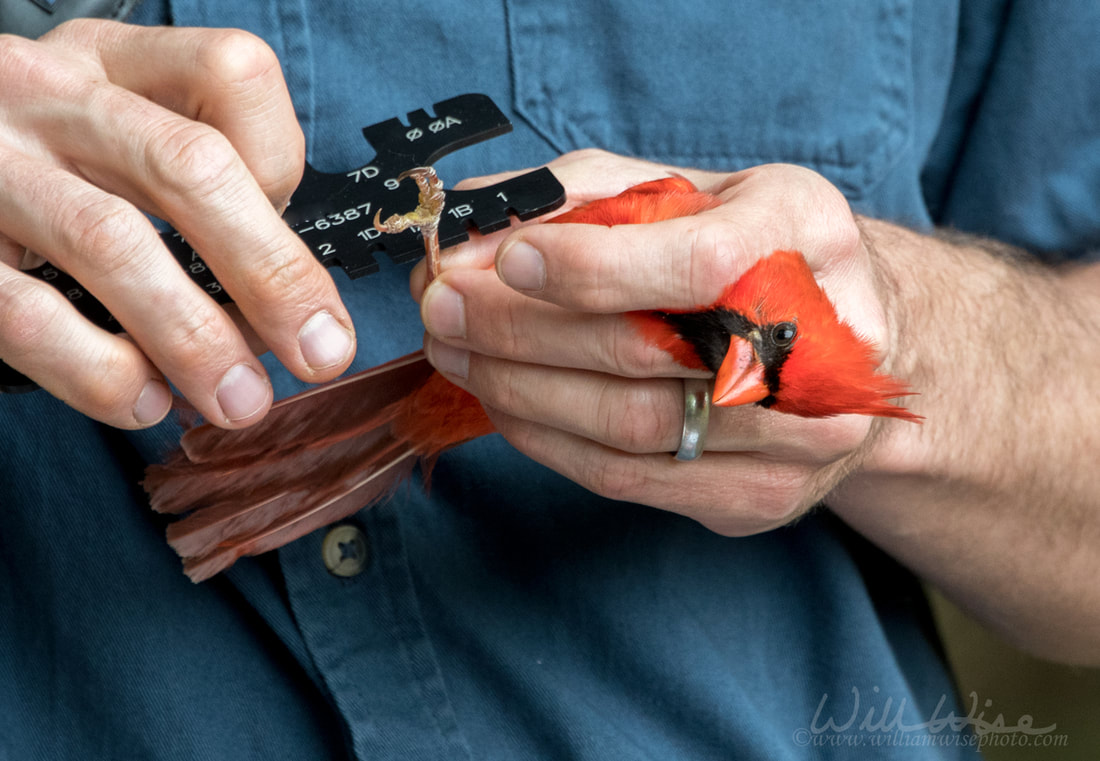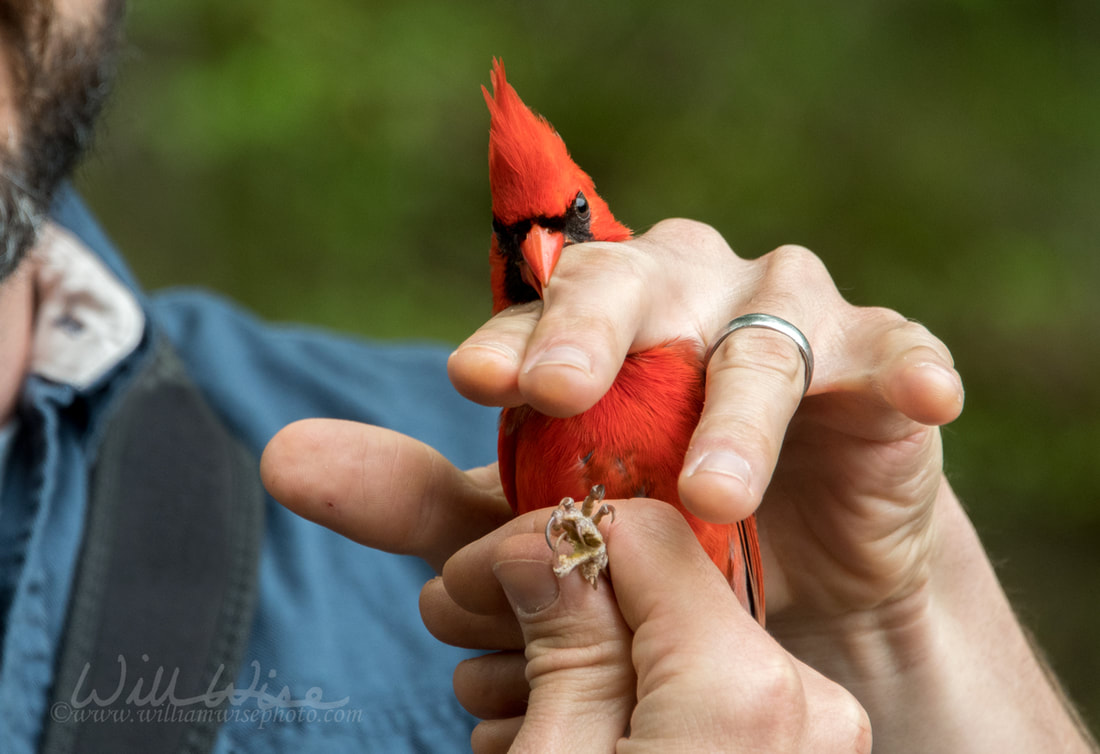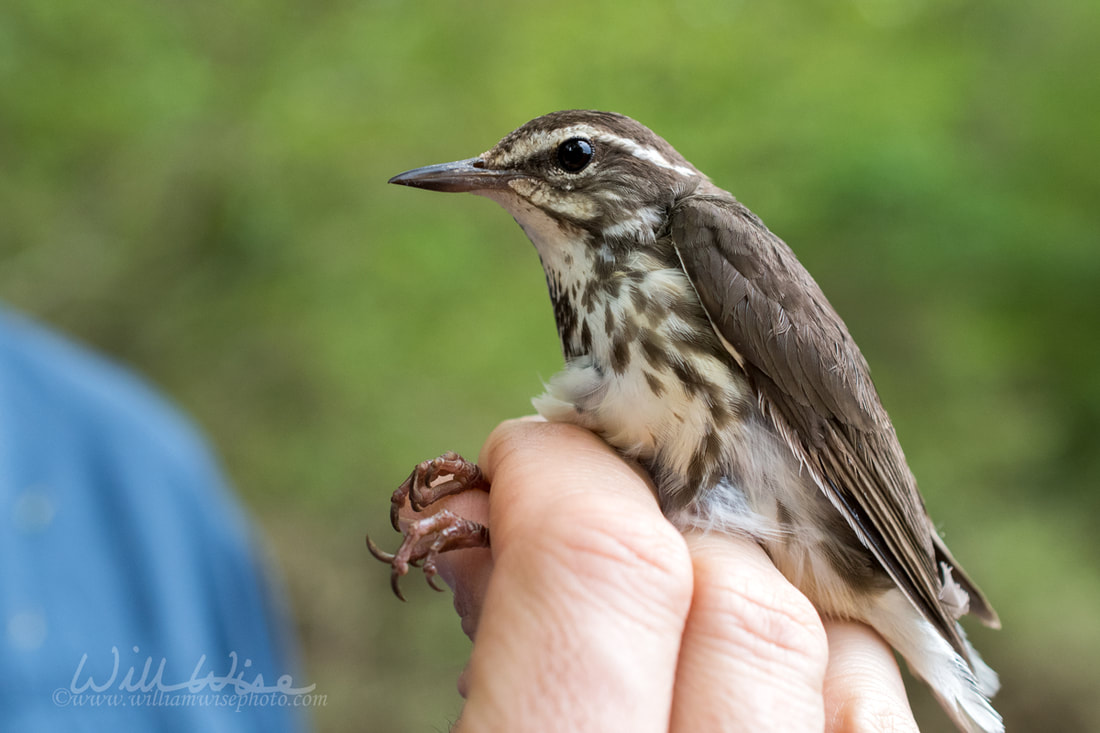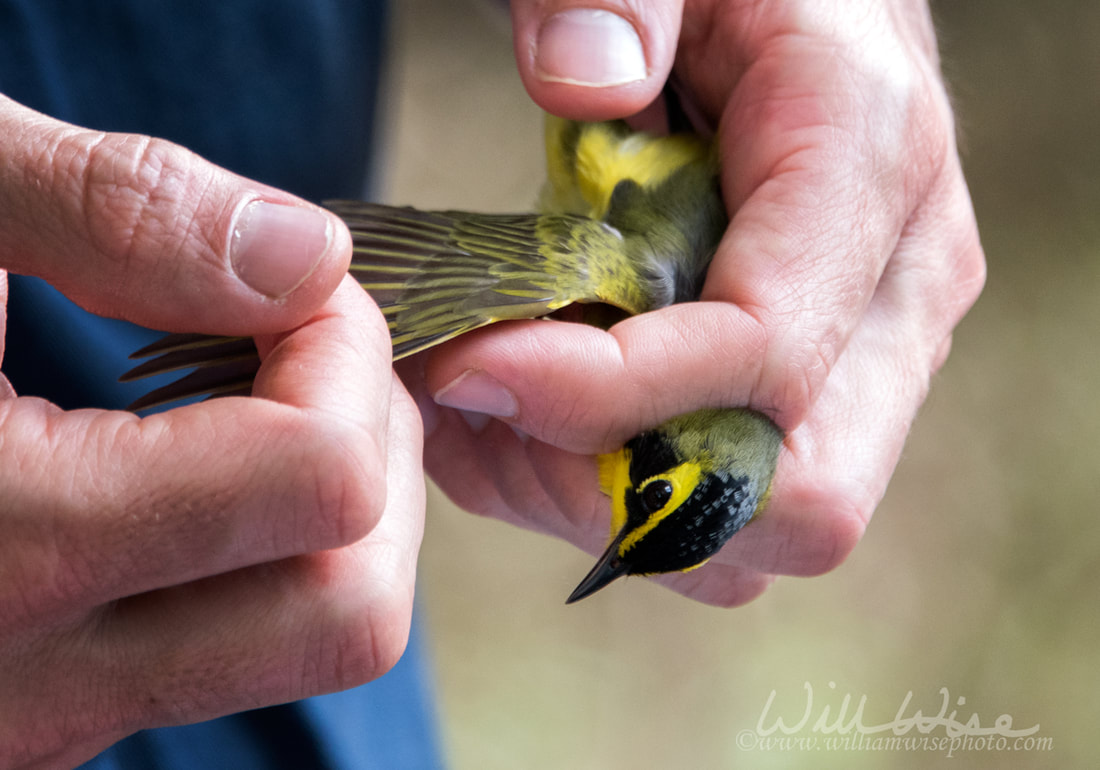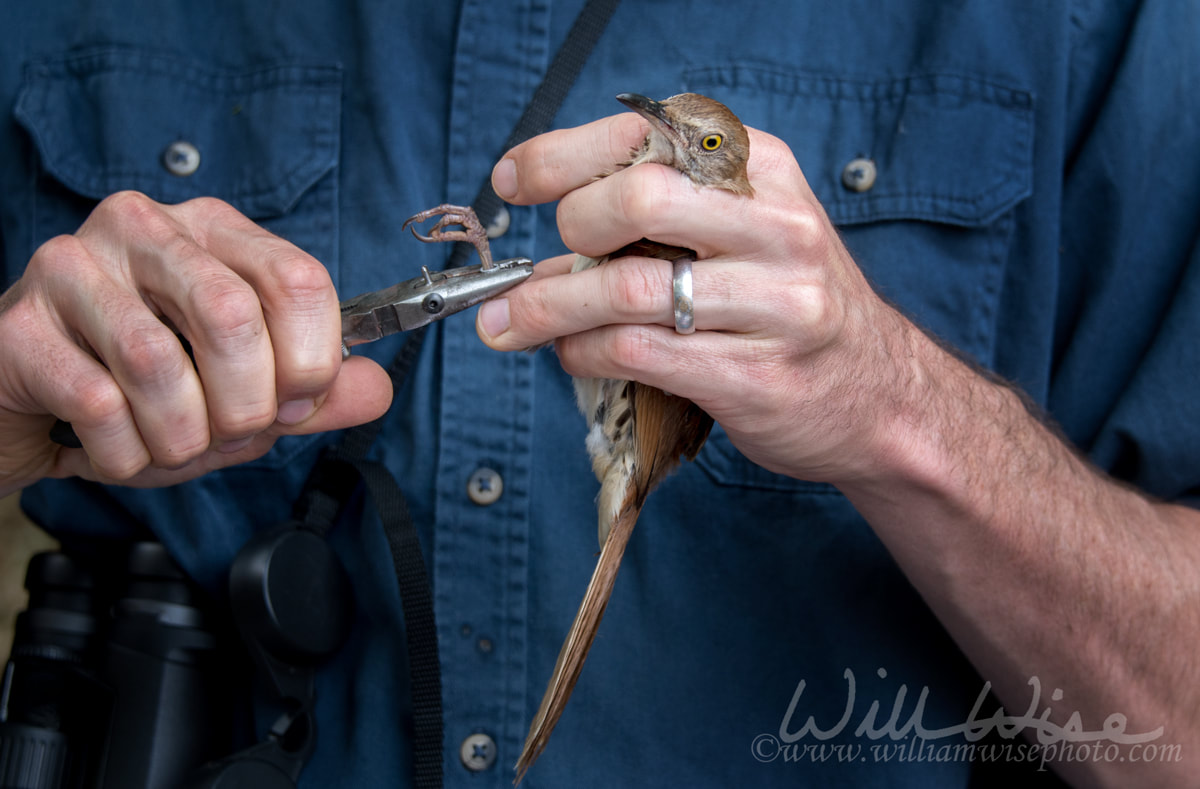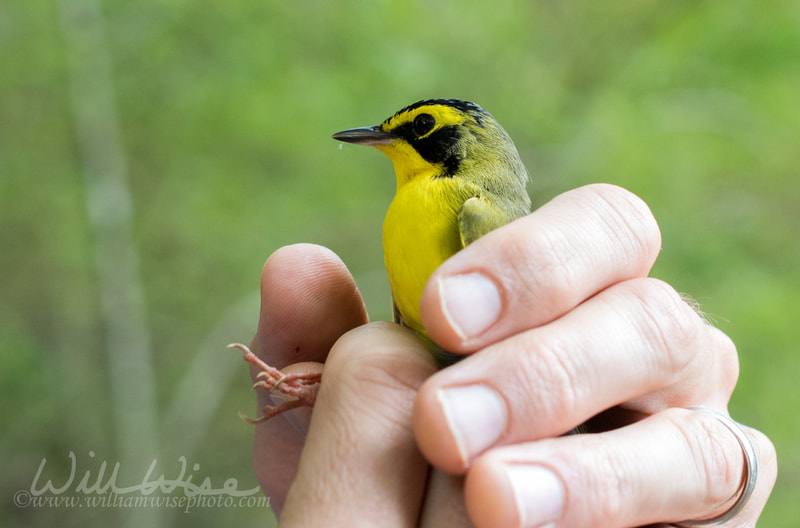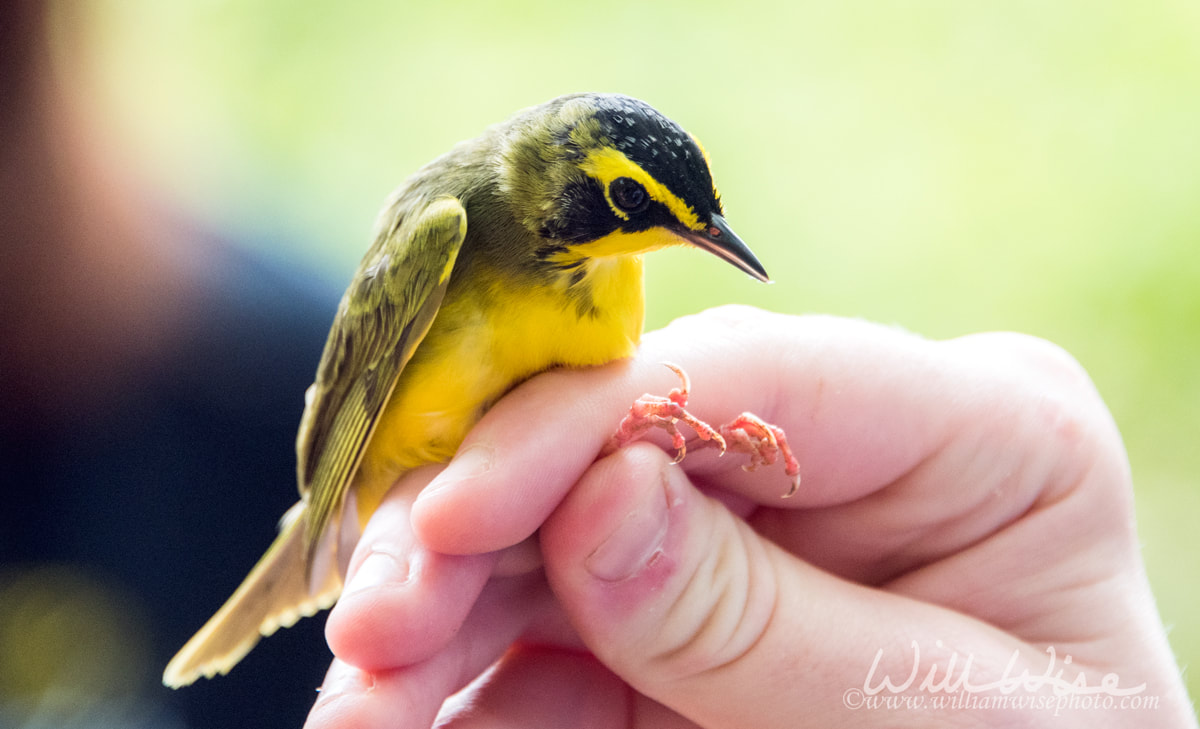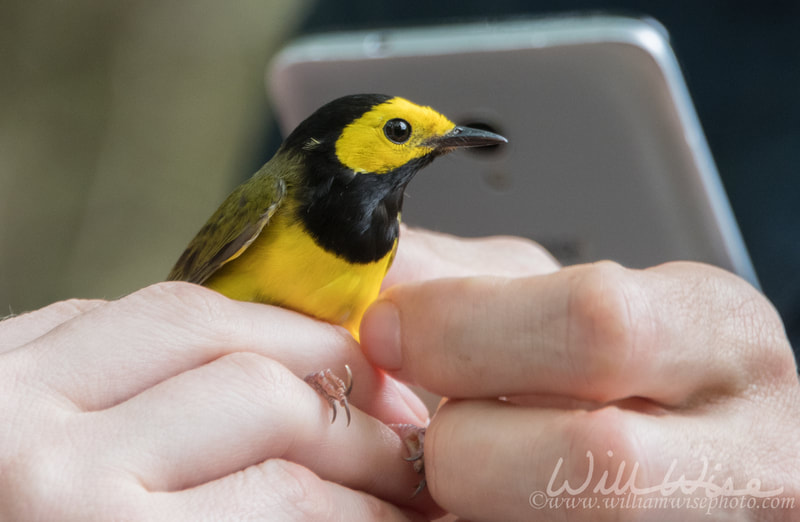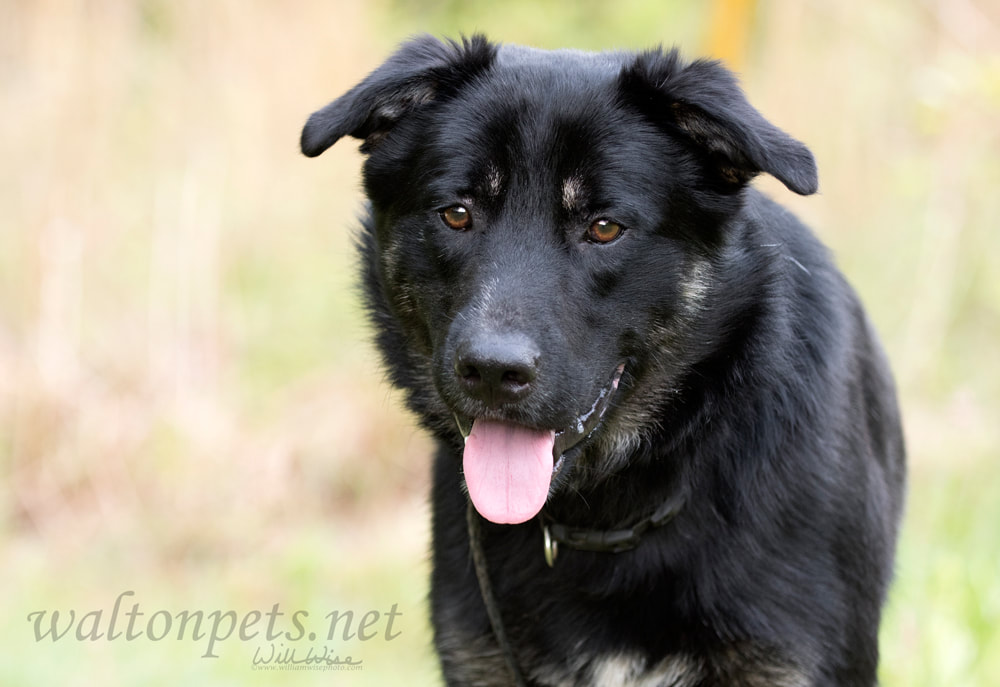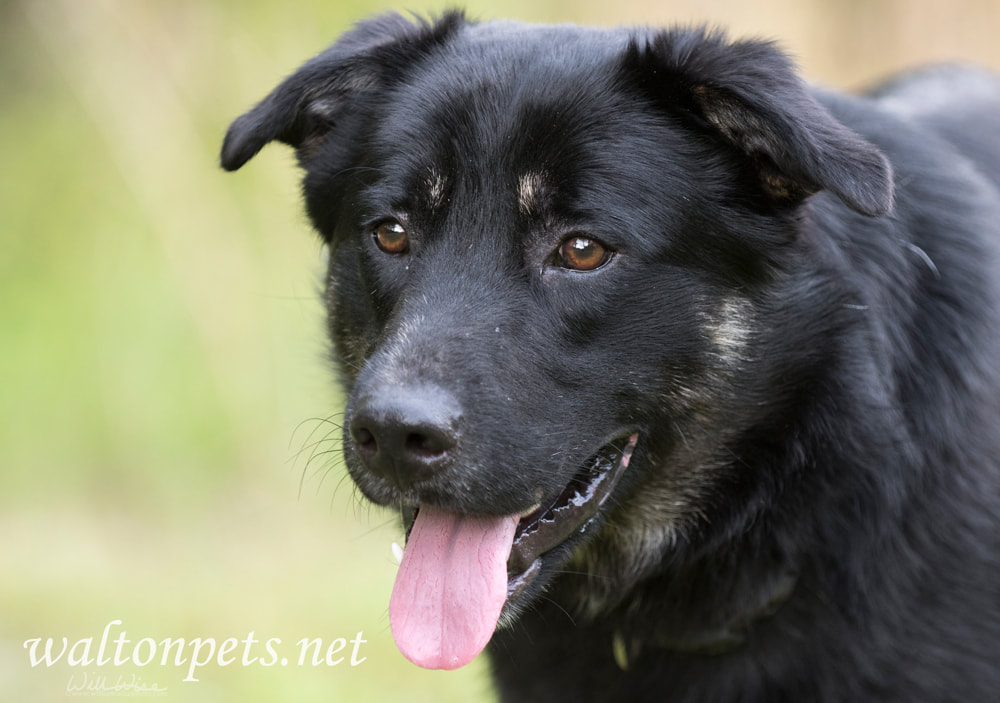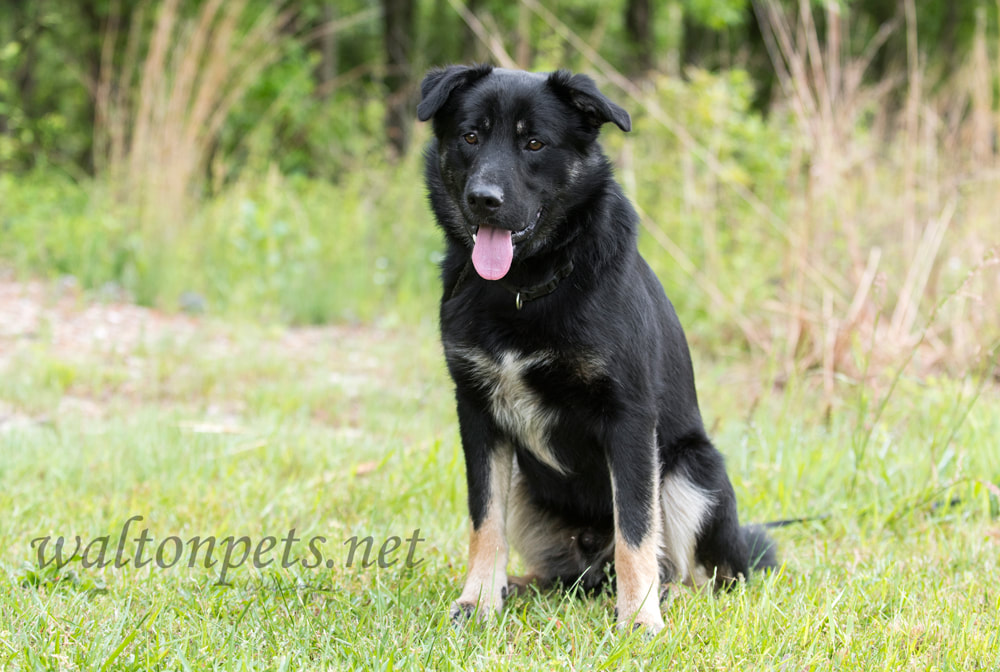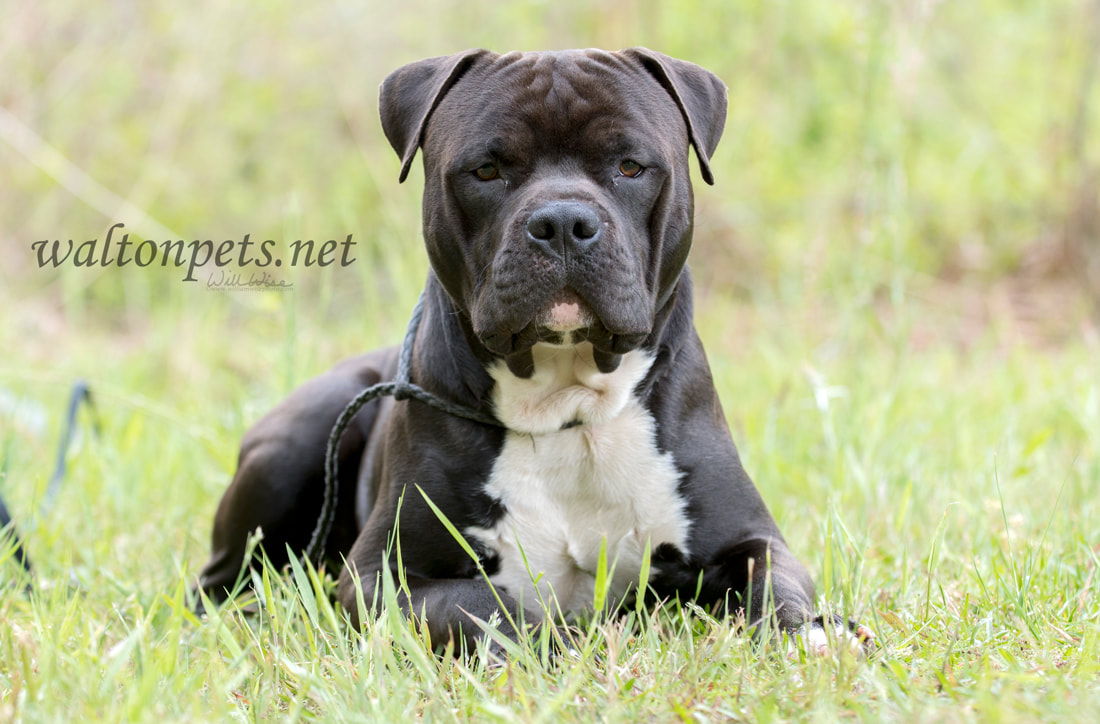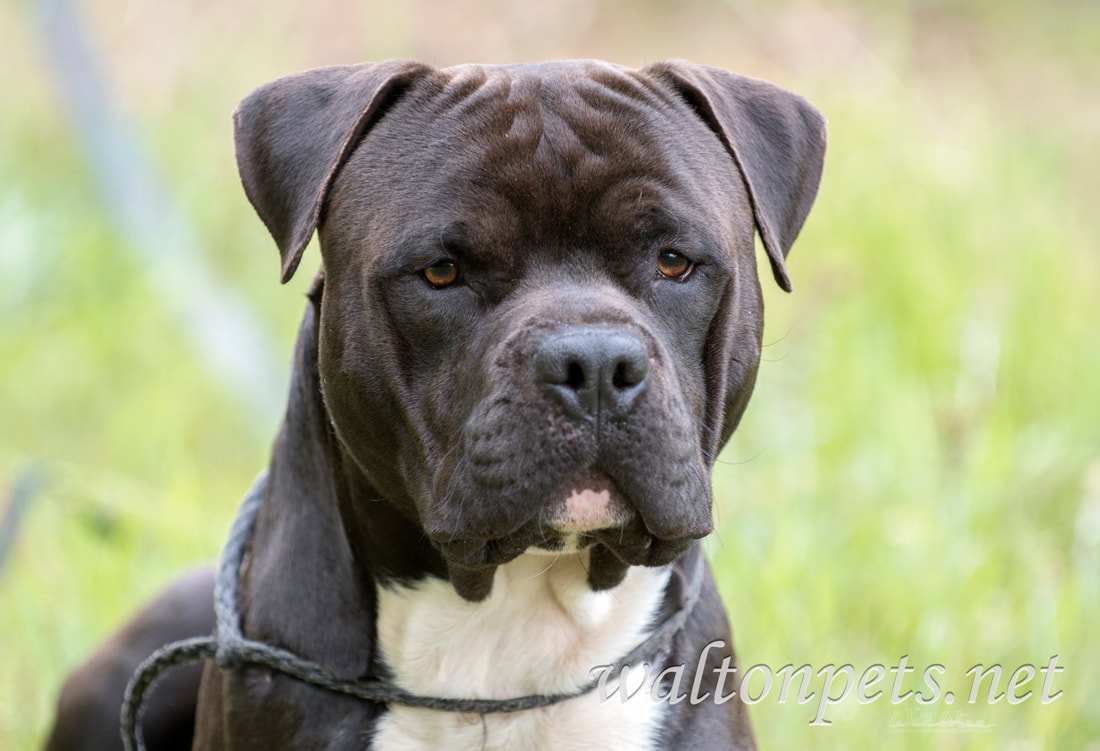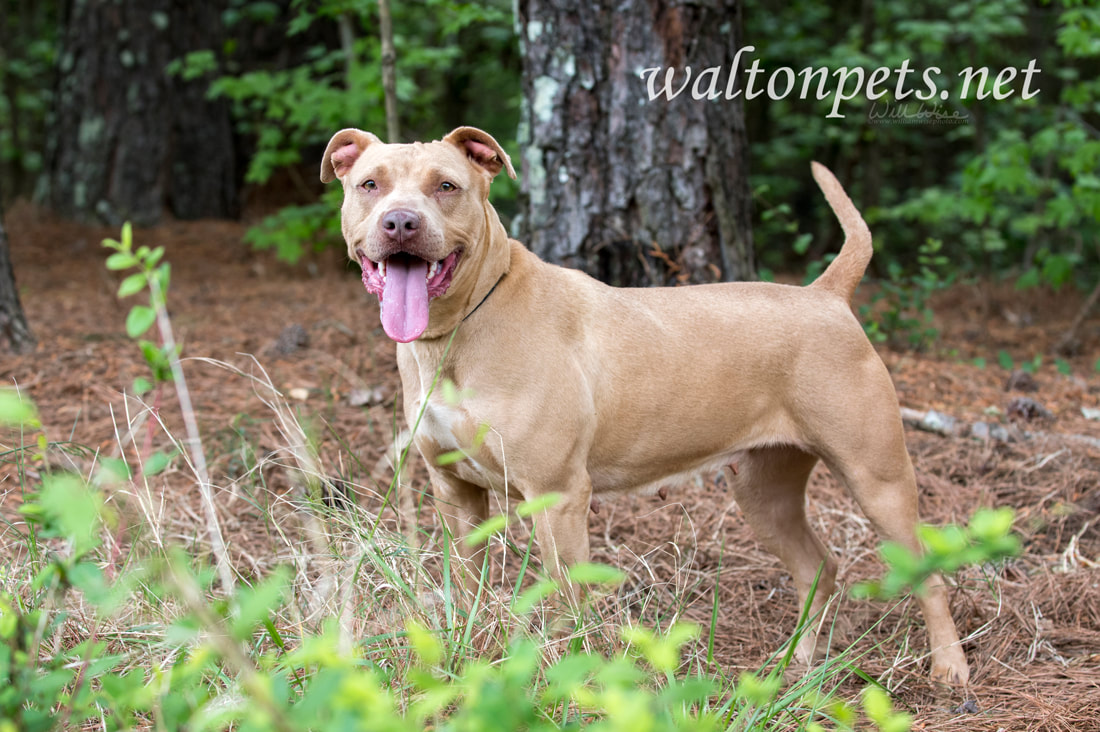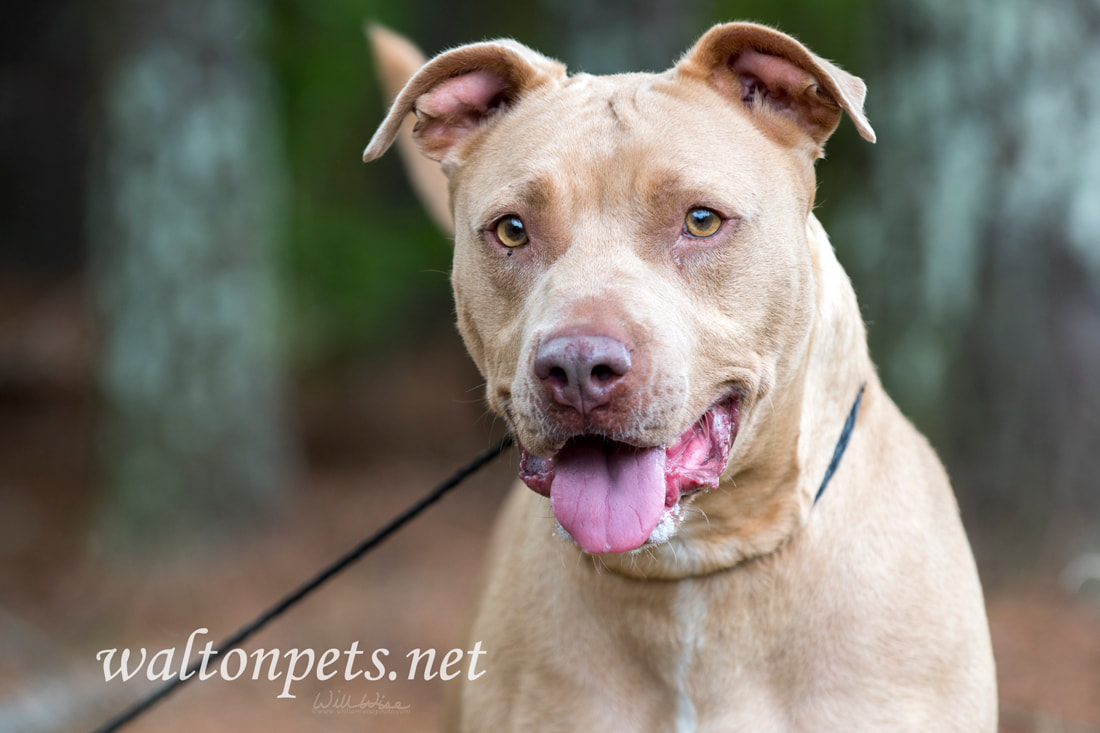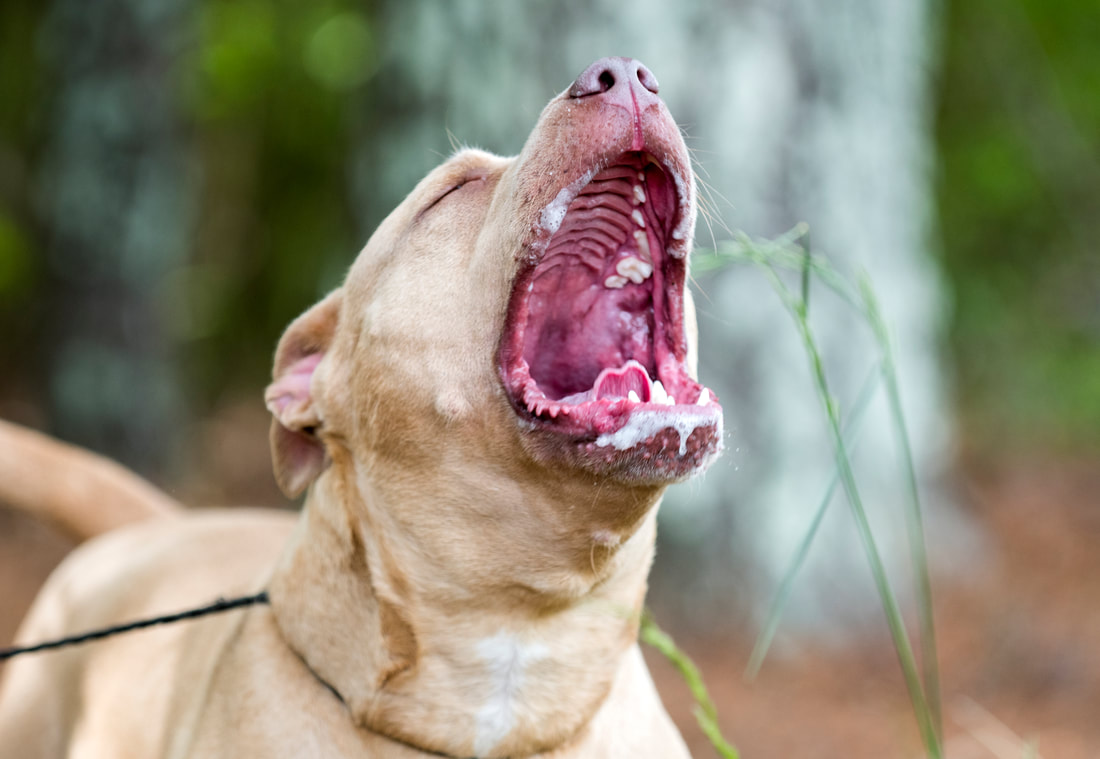|
“Big Boy” was a handsome pitbull terrier mix that was surrendered to the Walton County Animal Control shelter in Georgia on May 10, 2019. Big Boy got his outdoor pet adoption photography session on May 14, 2019.
0 Comments
“Annette” was a stray dog that was turned in to the Walton County Animal Control shelter in Georgia on May 11, 2019. She was a happy girl, full of life and energy. Annette got her outdoor pet adoption photography session on May 14, 2019.
Butler was picked up stray by a Walton County Animal Control officer in Georgia on April 30, 2019. Butler was a grey and white male Pit Bull Terrier, 5 years old. He had a wonderful personality but, being a pitbull, had a bit of a tough time getting attention from rescues and adopters. He got his outdoor pet adoption photography session on May 6. Finally, a rescue stepped up to the plate and he was saved by Barkville Dog Rescue on May 13, 2019. His rescue was sponsored by donations to the rescue from Alice, Jason and Anne.
A quick drive to Braswell Church Road during lunch break to add a life bird and photos of a few I have listed without photographs. I'm not the best yet at these shorebirds, so I hope I got them right!
Full of energy! That was Maggie. And a dog like that can be a challenge during a pet adoption photography session.
Maggie was a gorgeous, young Black Labrador Retriever that was turned in as a stray to the Walton County Animal Control shelter in Georgia on May 1, 2019. It is hard to believe, but no owner came looking for this pretty girl. Maggie just wanted to get out and run. She really wasn’t thrilled with having her photos taken and it showed in a few of the shots. But I was finally able to get a good shot with her pretty ears perked up by tossing a toy above my head and quickly getting a few shots before her attention went elsewhere. It took a week, mainly because she was so high energy and barky, but she was finally rescued on May 8 by Maine Lab Rescue. Her rescue was sponsored by donations to the rescue from Ellen, Roxanne, Anne and Jason. A short Global Big Day birding stop at Three Oaks Recreation Area in Crystal Lake, Illinois. Stock photo sales help support animal shelter photography expenses and the domain and hosting fees for the animal shelter website. 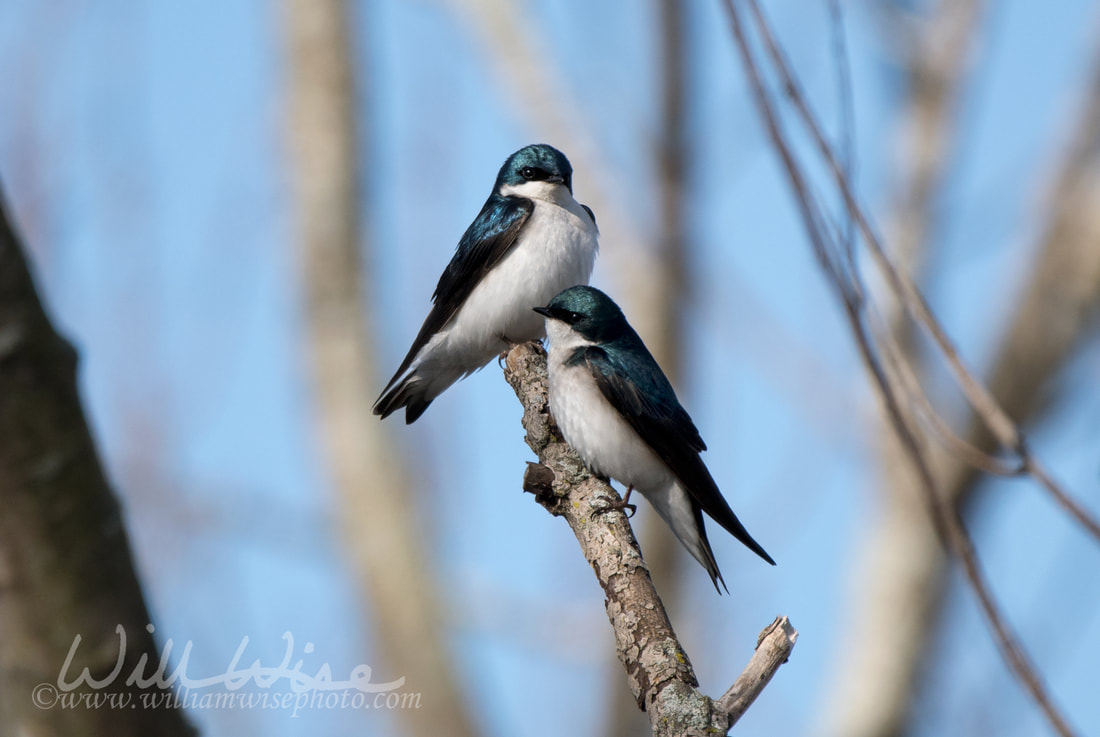 Cute pair of Tree Swallows perched together on a branch in the Exner Marsh wildlife habitat. The tree swallow, Tachycineta bicolor, is a migratory bird that breeds in the US and Canada and winters along southern US coasts. The Exner Marsh is a 116-acre conservation area featuring wetlands vegetation, a diverse bird community & several trails. I took a short trip to Illinois to help my father, but still fit in some wildlife viewing and birding. I made two stops at the Exner Nature Preserve in McHenry County, not far from my brother’s house. It was a great morning of birding the first day. 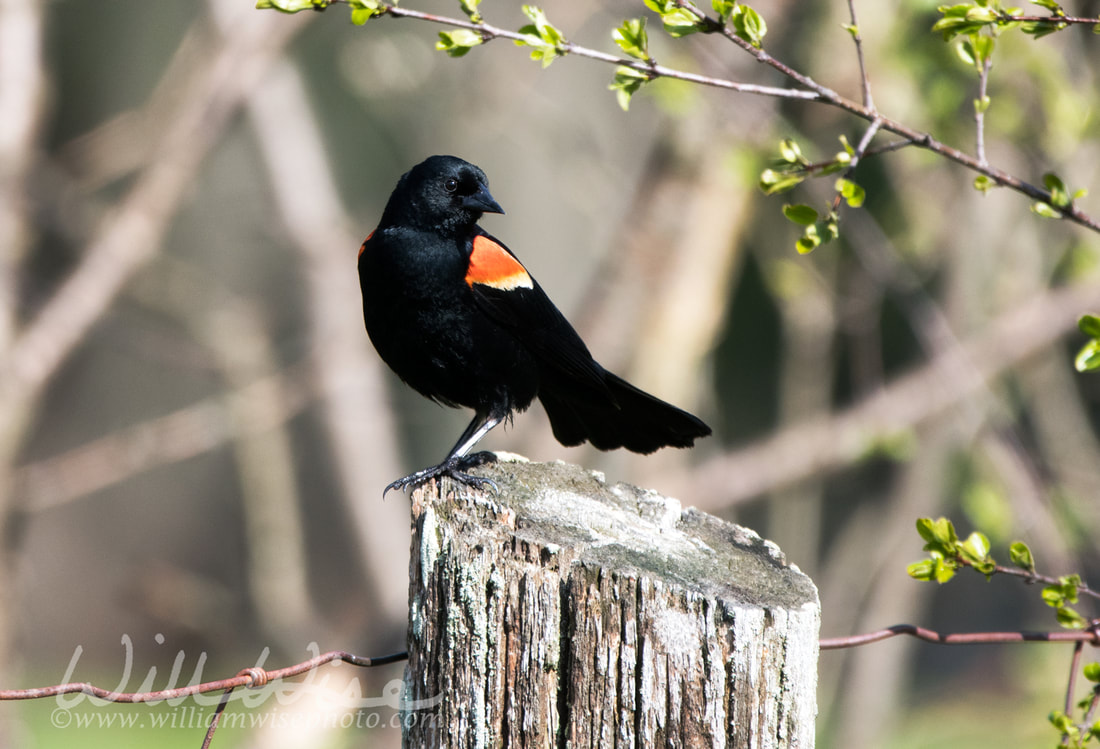 Red-winged blackbird perched on a farm fence in Exner Wildlife Preserve. The red-winged blackbird, Agelaius phoeniceus, is a perching bird found in most of North America. The Exner Marsh is a 116-acre conservation area featuring wetlands habitat and marsh ecosystem vegetation, a diverse bird community & several birding trails. 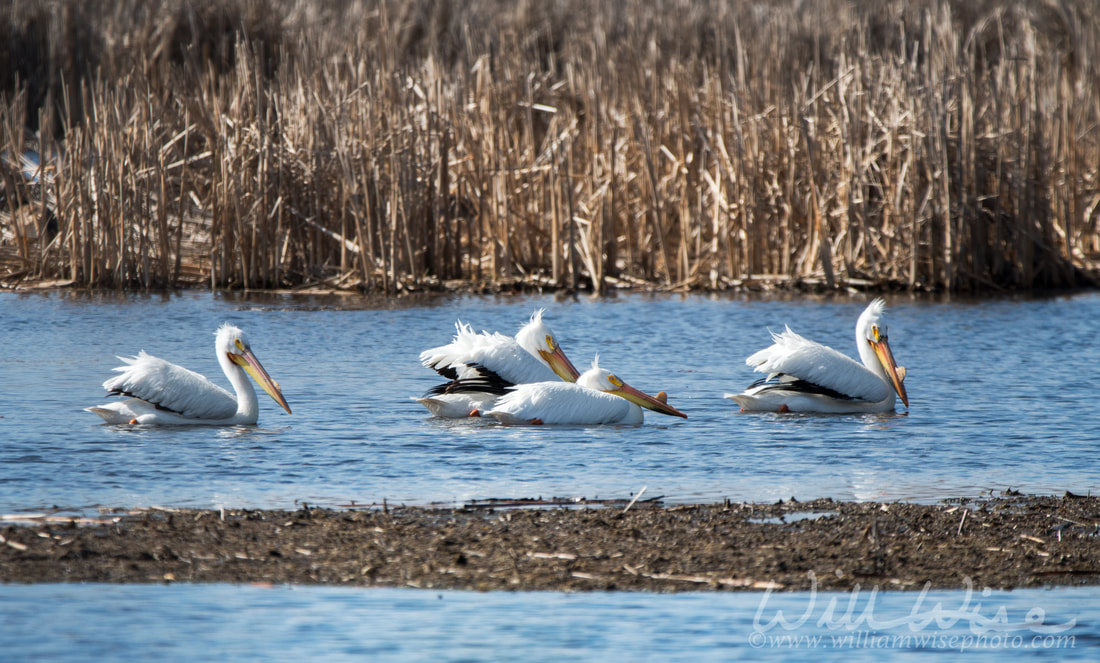 The American white pelican, Pelecanus erythrorhynchos, is a large aquatic water bird that breeds in interior North America and migrates south and to the coasts in winter. The Exner Marsh is a 116-acre conservation area featuring wetlands habitat and marsh ecosystem vegetation, a diverse bird community & several birding trails. Stock photo sales help support animal shelter photography expenses and the domain and hosting fees for the animal shelter website. I flew to Illinois for a few days to help my father with some upkeep to his house. Luckily, his neighbor loves to sip coffee on her back patio and watch the birds. She had 5 feeders in the backyard. After seeing me with my binoculars and camera the first day, she was sure to keep all the feeders full during my visit!
Roscoe was turned in by his owner to the Walton County Animal Control shelter in Georgia on April 17, 2019. He had his pet adoption photography session on April 18 and was finally rescued on by Pound Puppies N Kittens rescue on May 1, 2019. His rescue was sponsored by donations to the rescue from Kay, Valerie, Jason, Ellen, Anne and Barbara.
Tuesday, 7:00 AM - I headed into Walton County an hour earlier this morning. Am I that dedicated to my job? Actually, I am. But is wasn’t for work that I came in early. The sun is up earlier now and I could get in an hour of birding and wildlife photography before clocking in. And it was a productive morning! I believe I hit my Walton all-time birding high: 43 taxa! Not only did I get a rather high bird count, but spotted a few other critters as well. A Beaver was swimming the upper pond and a Northern Watersnake was cutting across the main retention pond. In the secluded wetlands area south of the jail I spotted a Green Heron skulking in the shadows; my first spotting for this spring season. While pursuing the heron, a Louisiana Waterthrush sang repeatedly overhead. What a great morning! Thursday, April 25 - I was privileged to be allowed by my teenage daughter (with the promise, of course, that I wouldn’t embarrass her by being a “bird nerd”) to accompany her on a field trip to the Whitehall Forest. Having spent many, many hours of field study in this same forest in the 90’s, I was excited to return. I hope the experience not only sparked some bird-nerdiness in my daughter, but may have also planted a seed to study at the Warnell School of Forestry and Natural Resources like her father. A BIRD IN THE HAND...“A bird in the hand is worth two in the bush”… especially when teaching high school students about ecology and conservation. Two groups of Ms. Carly Chandler’s AP Environmental students from Cedar Shoals High School in Athens, Georgia participated in a bird banding field trip in April, 2019. Bird banding is the attachment of uniquely numbered metal bands to the leg of a wild bird to help scientists study the migratory movements, population dynamics and life histories of birds. The excited group of students not only saw first-hand how the birds were caught and removed from mist nets in the Whitehall Experimental Forest, but also participated in the band recording process. During the trip, the students met with Dr. Richard Chandler, Associate Professor of Wildlife Ecology and Management from the University of Georgia’s Warnell School of Forestry and Natural Resources. Dr. Chandler demonstrated safe handling techniques and offered several students the opportunity to hold and release a few of the captured and banded birds. In addition some common Georgia birds like the Brown Thrasher and Carolina Wren, the groups caught two brightly colored warblers, a Kentucky Warbler and a Hooded Warbler, that recently arrived during the spring migration. Dr. Chandler explained how habitat destruction, either here in their North American breeding grounds, or in their southern over-wintering territories could greatly affect the overall health and numbers of migratory bird populations. “The field trip was an amazing experience”, said Cedar Shoals student Amanda Wise. “It was a very insightful trip that taught us about the biodiversity of birds and how big of a world we are in. It is definitely not every day that you can catch, hold and band a bird!” “Rocky” was an owner surrender that came into the Walton County Animal Control shelter in Georgia on April 17, 2019. He was a bit shy at first, but really came out of his shell when worked with by shelter staff. His gorgeous Aussie-like coat got him recognized by Pound Puppies N Kittens rescue and he was saved from the shelter on April 24, 2019. His freedom ride was sponsored by pledges to the rescue from Barbara, Jason, Ellen and Anne.
Dimples was picked up stray by a Walton County Animal Control officer in Georgia on April 12, 2019. Although the shelter called his owner, they did not come to claim him. He was a cool, calm, laid back pitbull boy. He had a pet adoption photography session on April 18. He was rescued by Pisgah Animal Welfare Society on April 24, 2019. His rescue was sponsored by donations to the rescue from Adela, Polly, Alice, Jason and Anne.
Stella was turned in as a stray to the Walton County Animal Control shelter in Georgia on April 16, 2019. She had her pet adoption photography session on April 18. She was finally adopted on April 23, 2019.
Stock photo sales help support animal shelter photography expenses and the domain and hosting fees for the animal shelter website.
Harley was a neutered male Boxer, approximately 12 years old, that was surrendered by his owner to the Walton County Animal Control shelter in Georgia on April 16, 2019. He had a pet adoption photography session on April 18. He was rescued on April 23, 2019 by Atlanta Boxer Rescue! His rescue was sponsored by donations to the rescue from Adela, Audrey, Jason and Anne.
|
Categories
All
Archives
September 2025
|
|
All content is ©williamwisephoto.com. Please don't steal images. My images are available at dreamstime.com. Stock sales go into the shelter photography program.
|
In December 1993 I came to know the Designer and Creator of this wonderful planet and its creatures: Jesus Christ.
|
Donations help support the animal shelter adoption photography equipment and adoption website hosting and domain fees. Thanks for your support!
|




